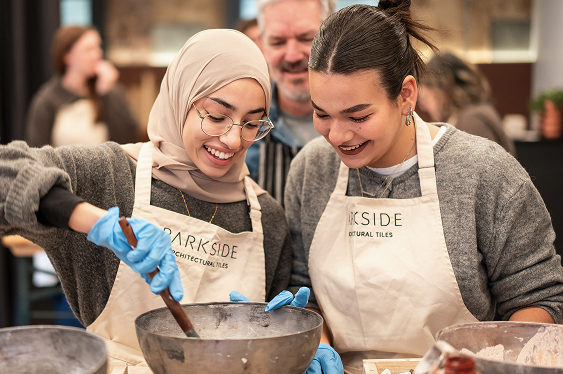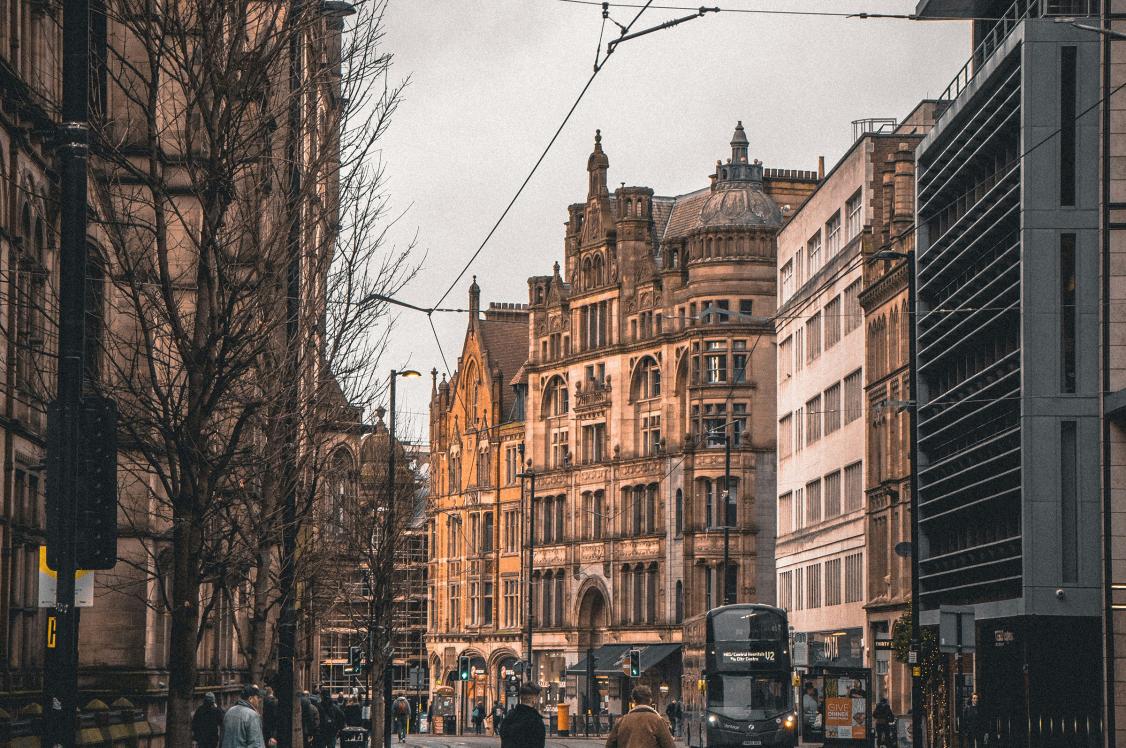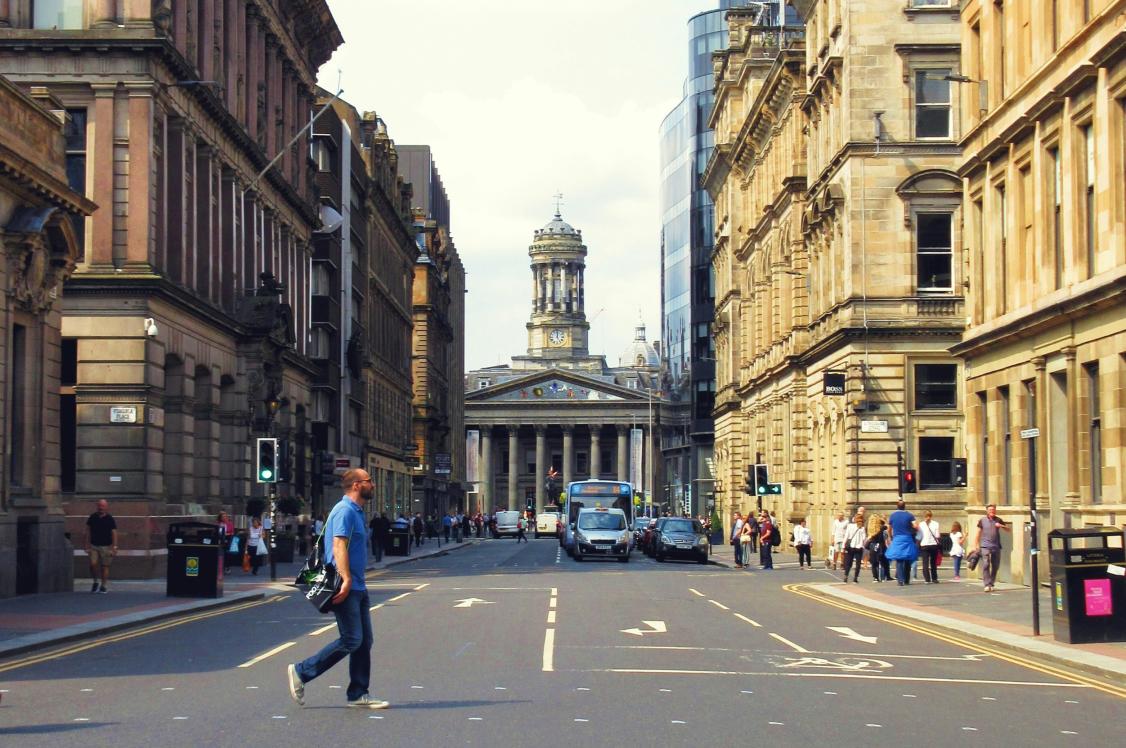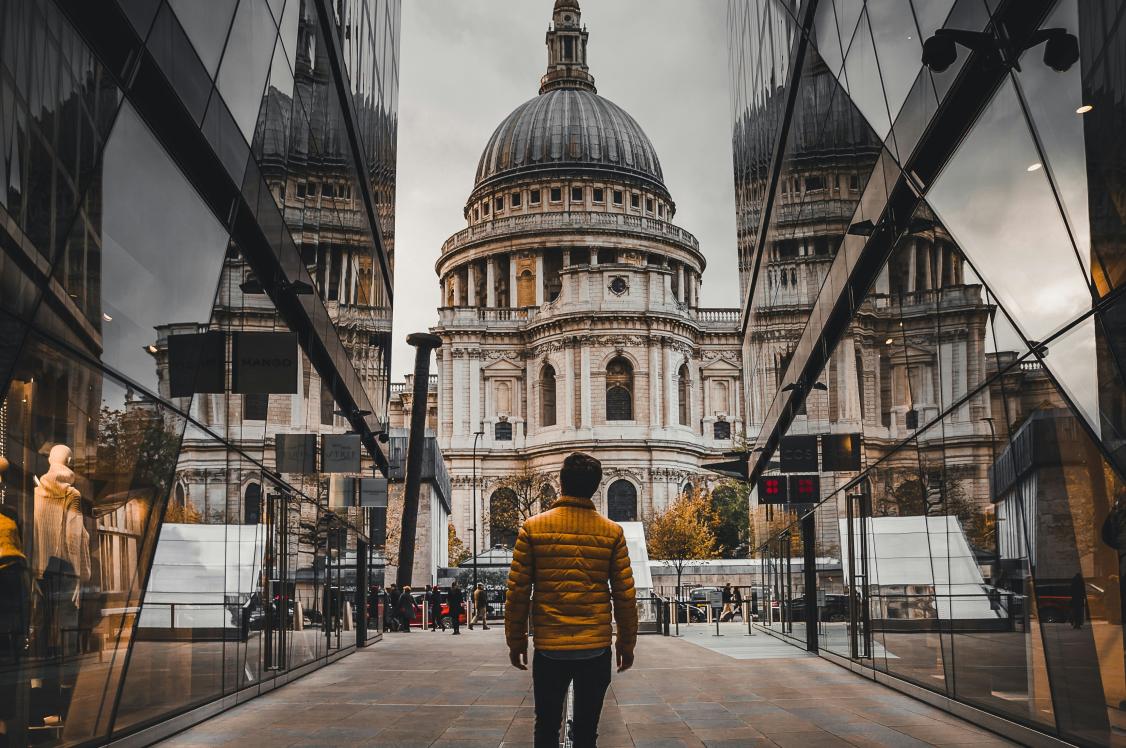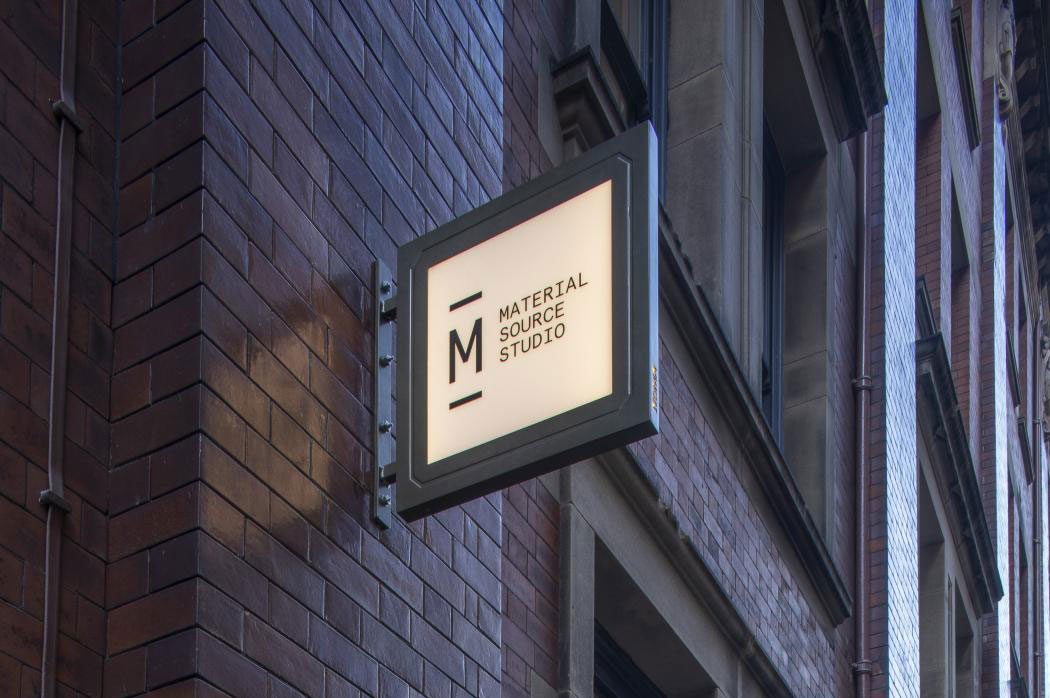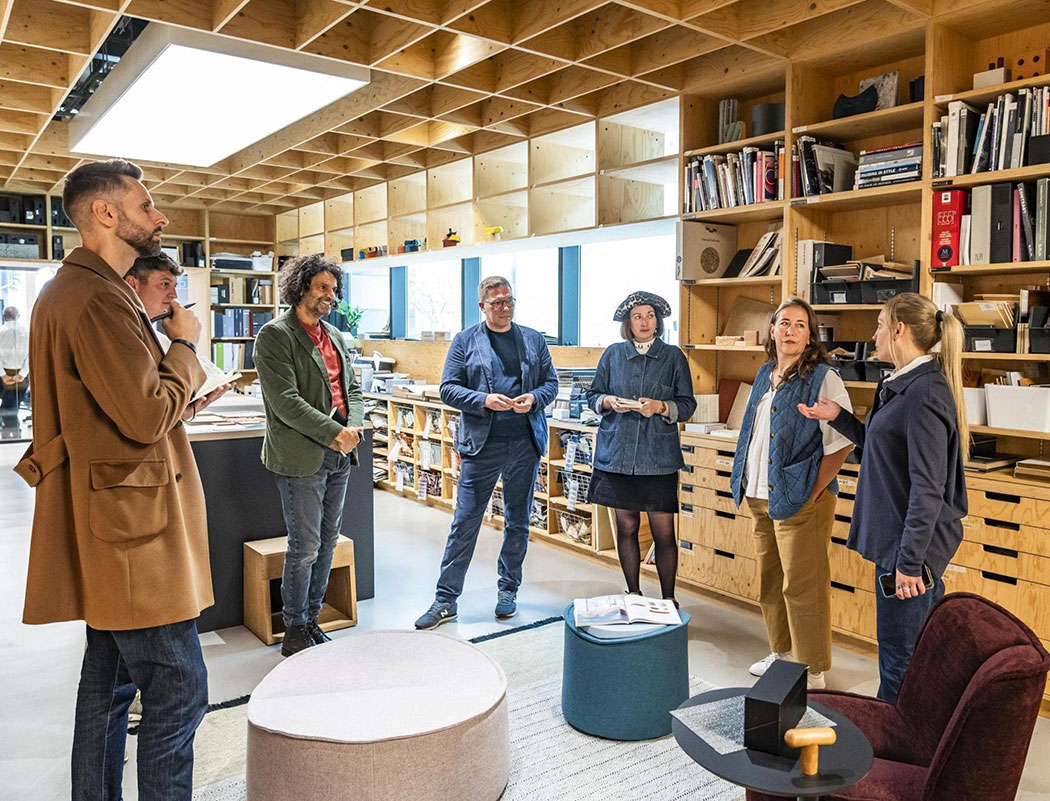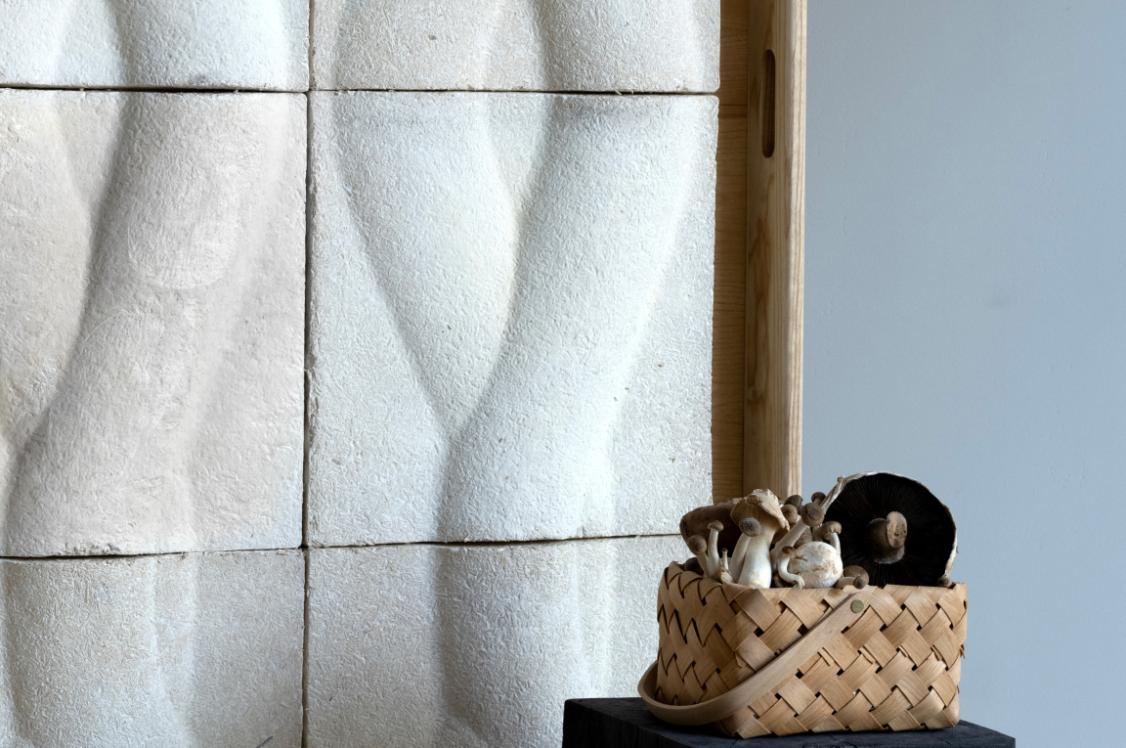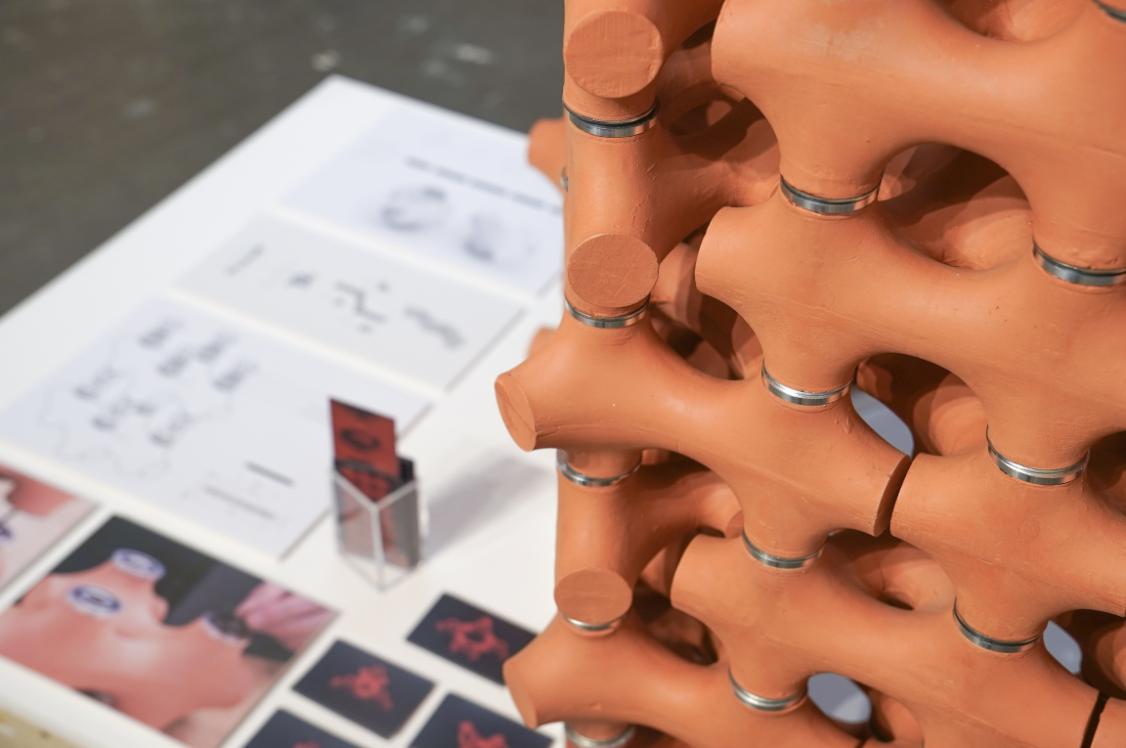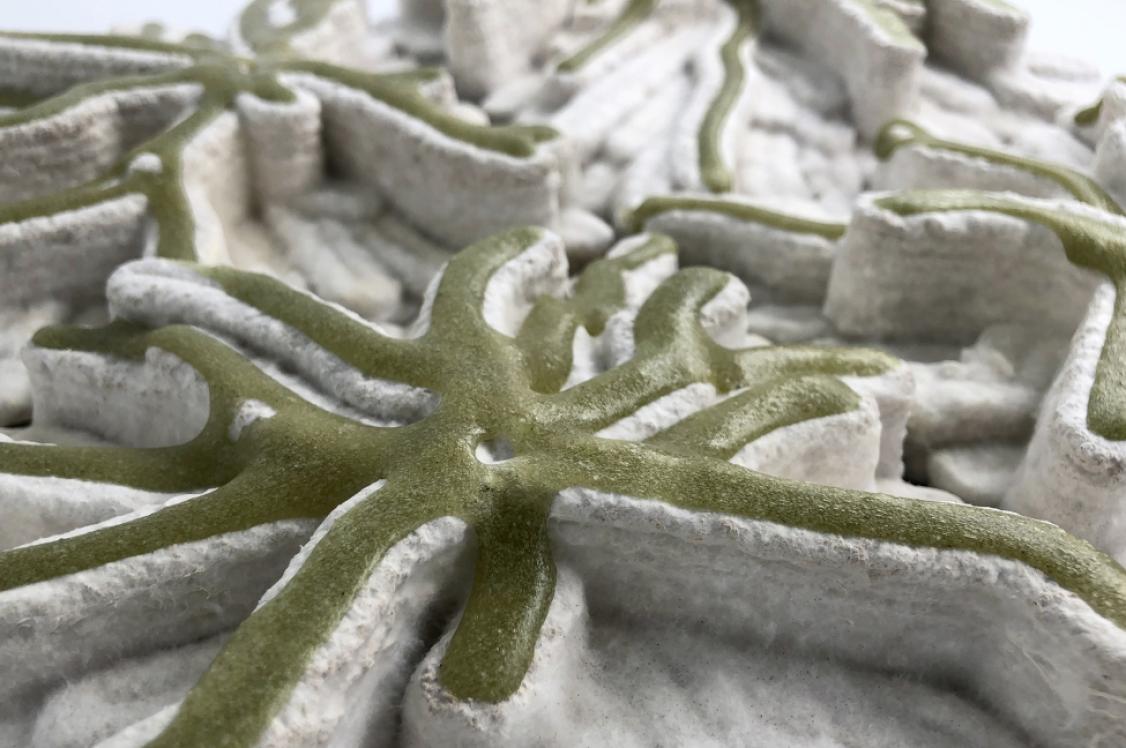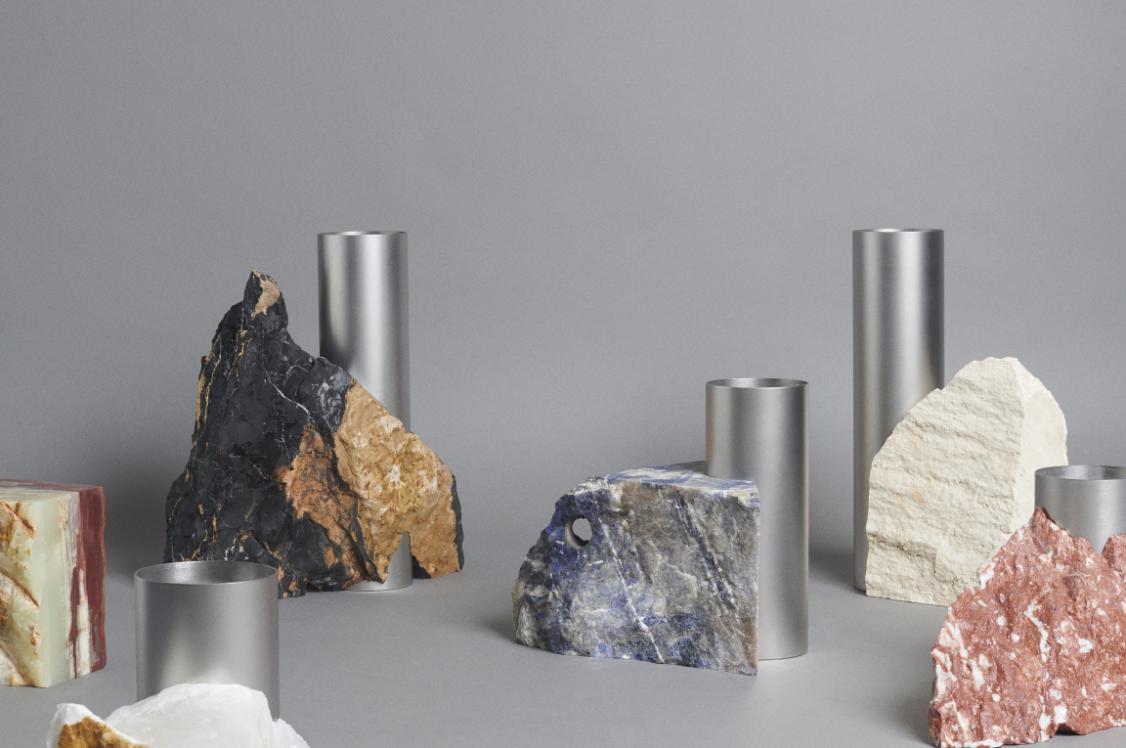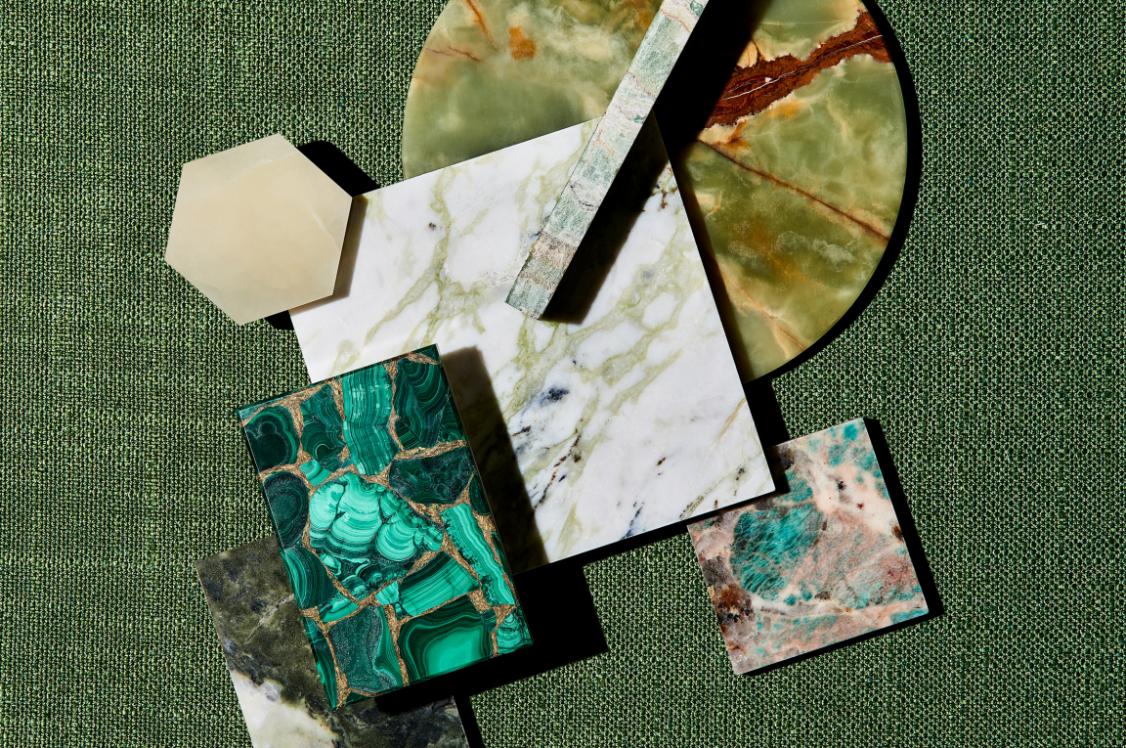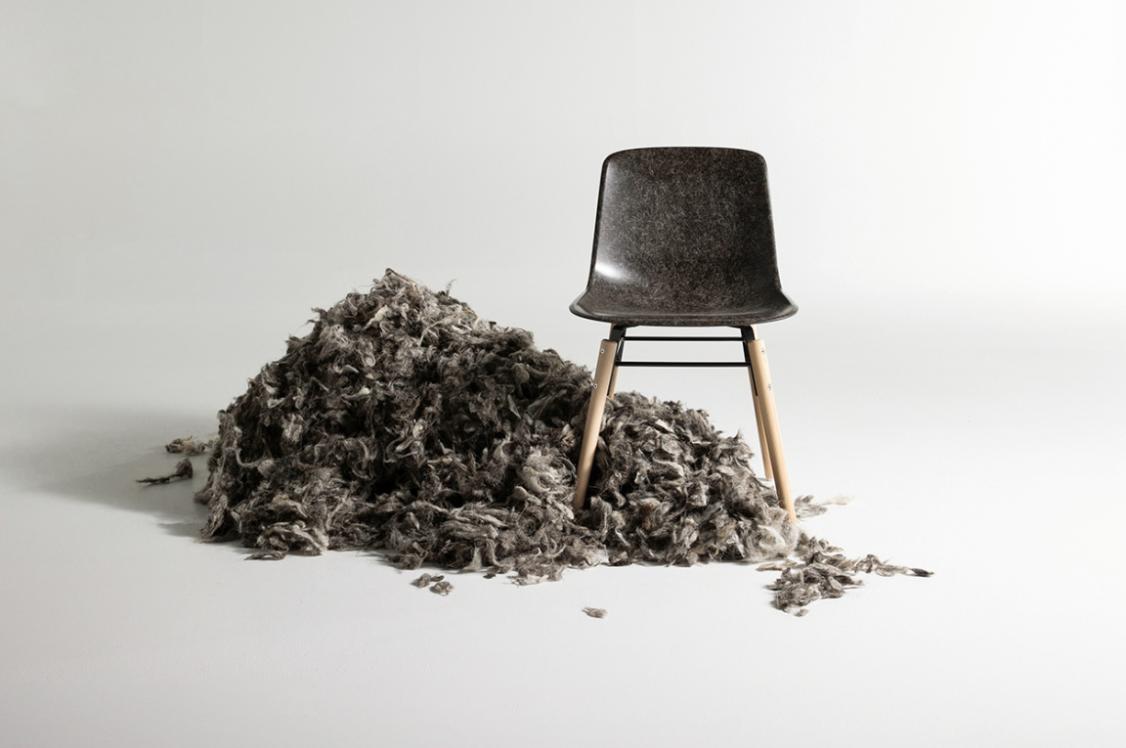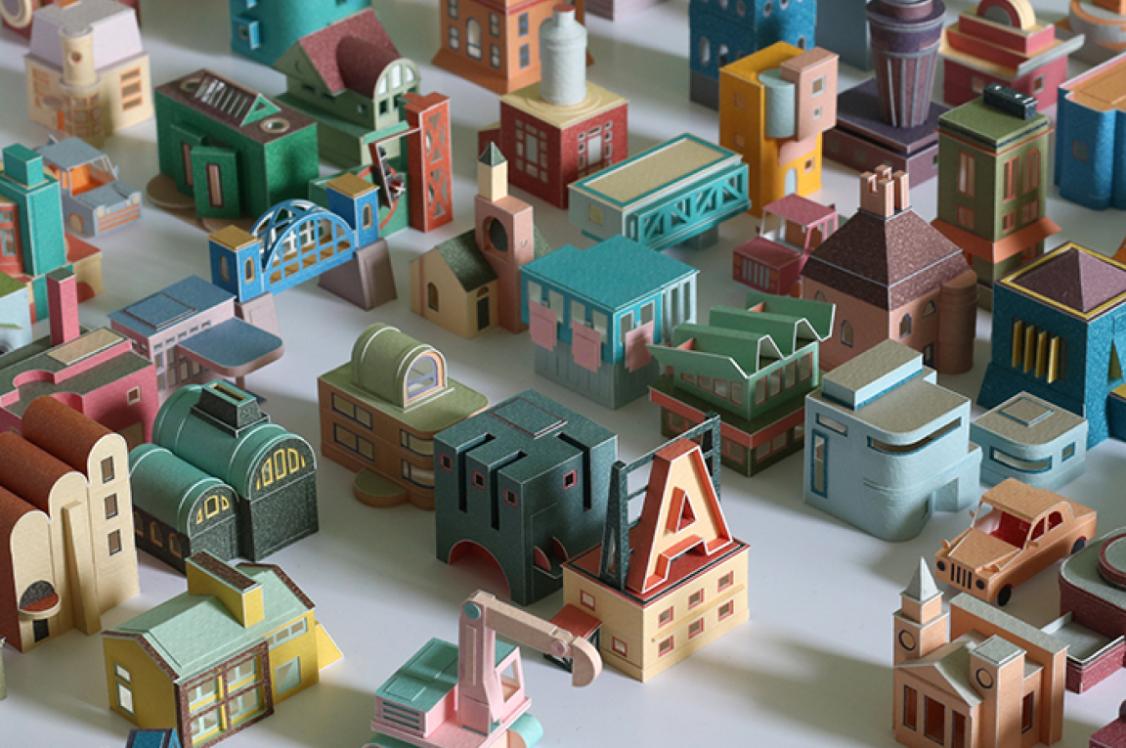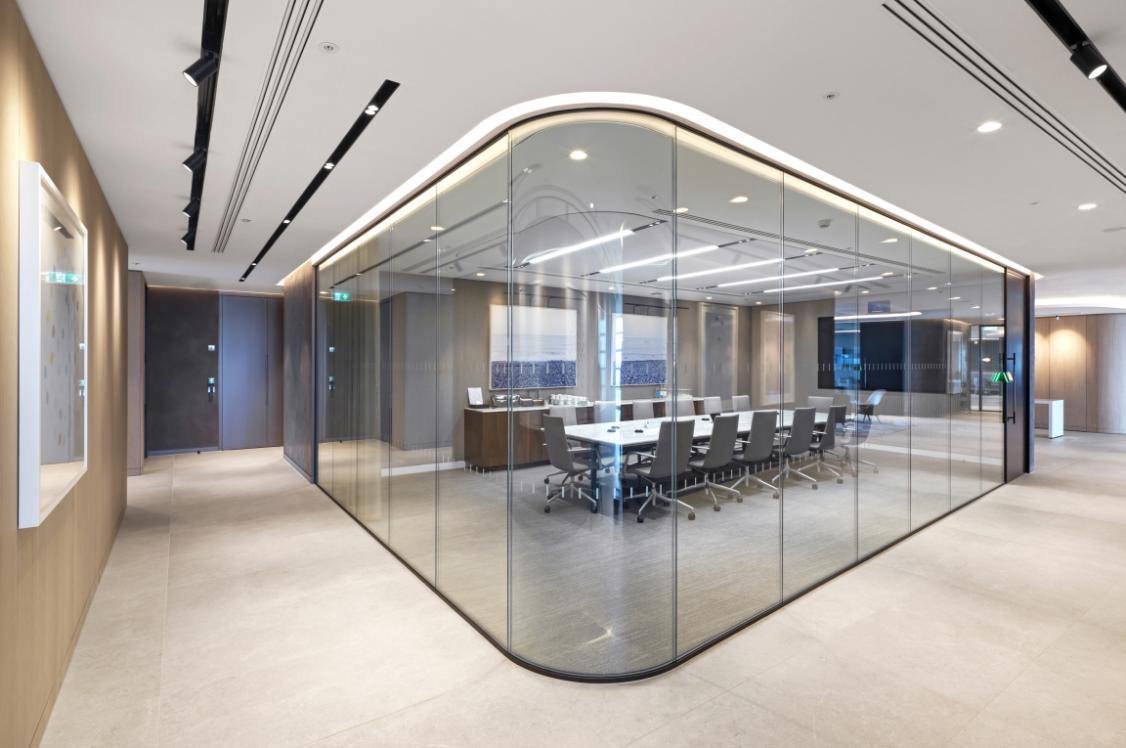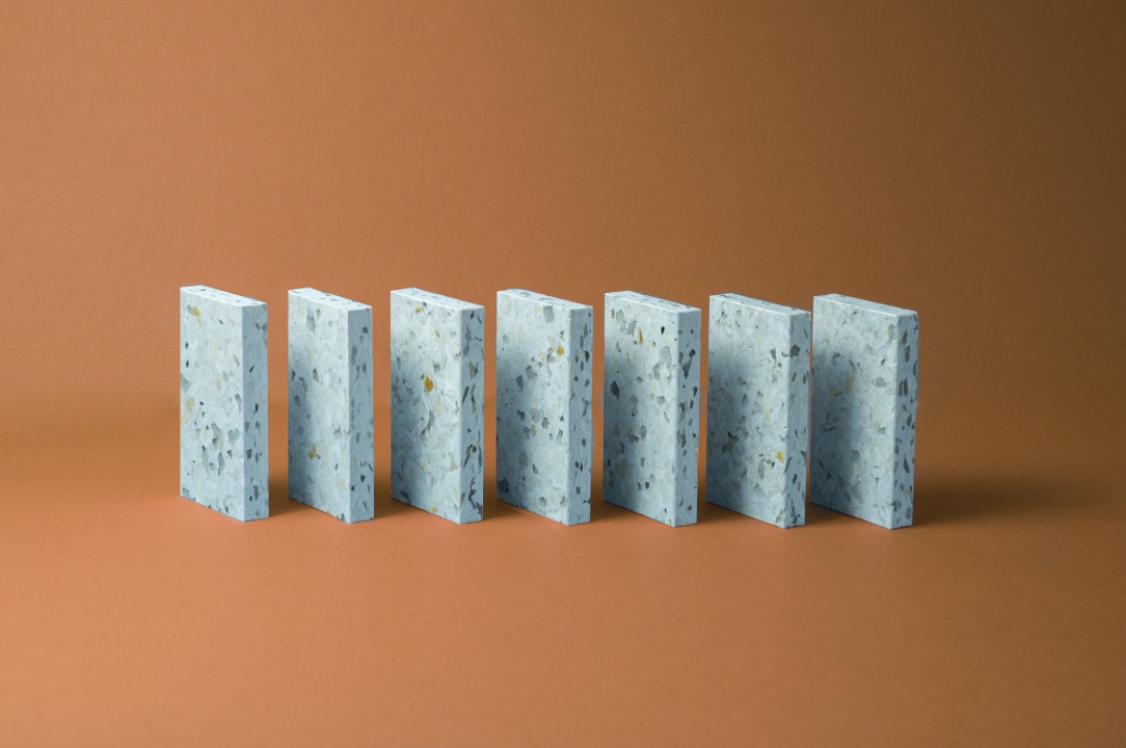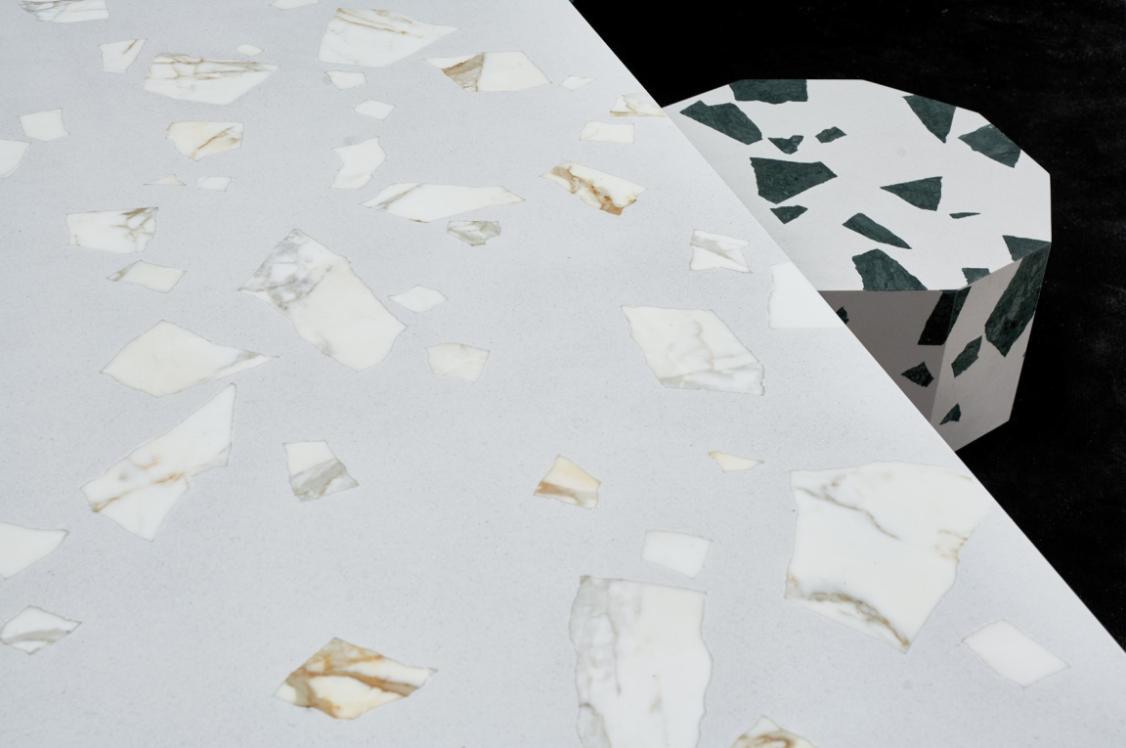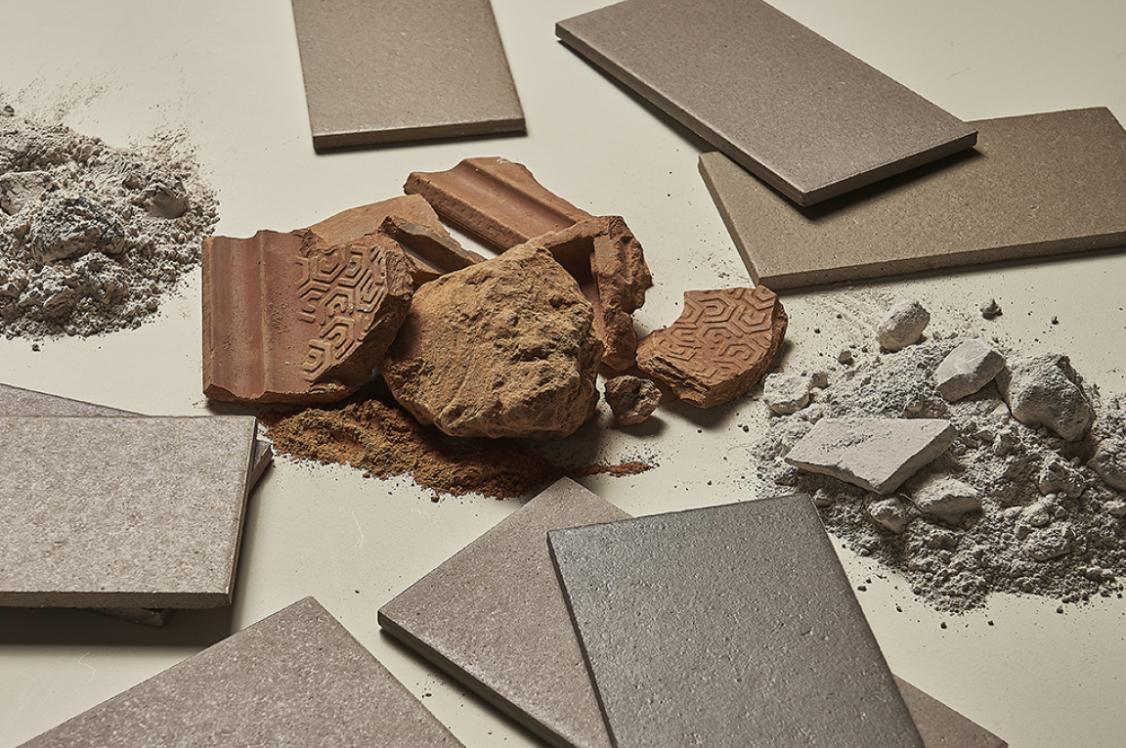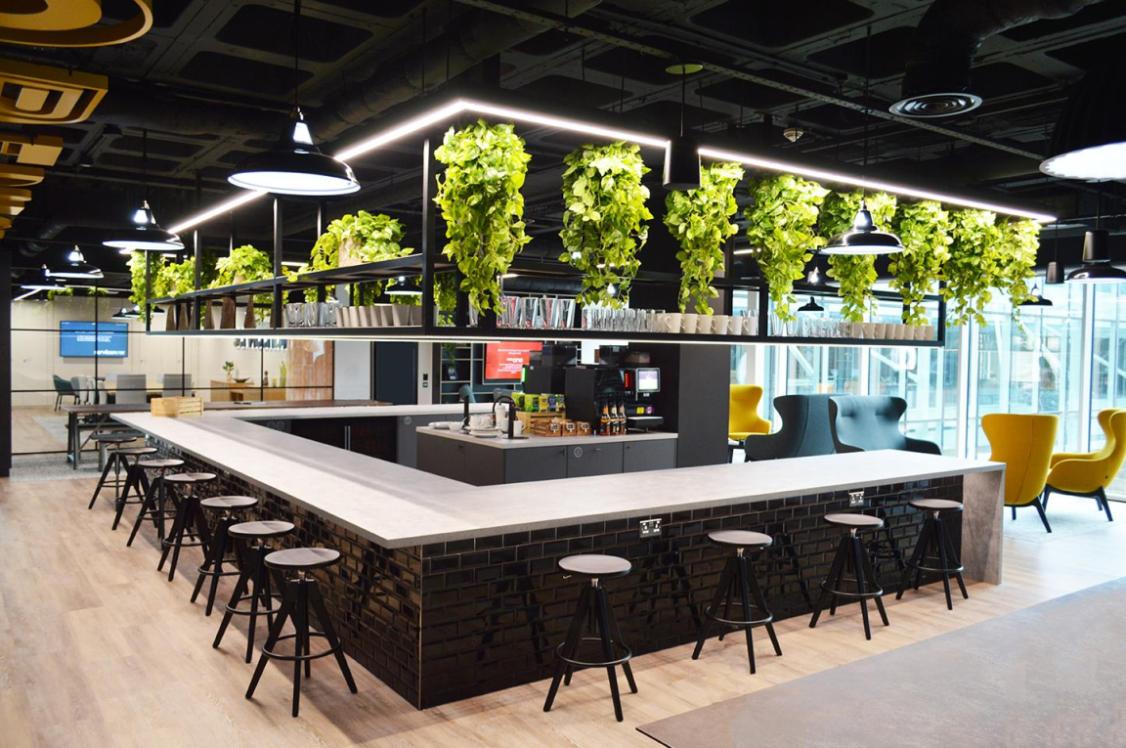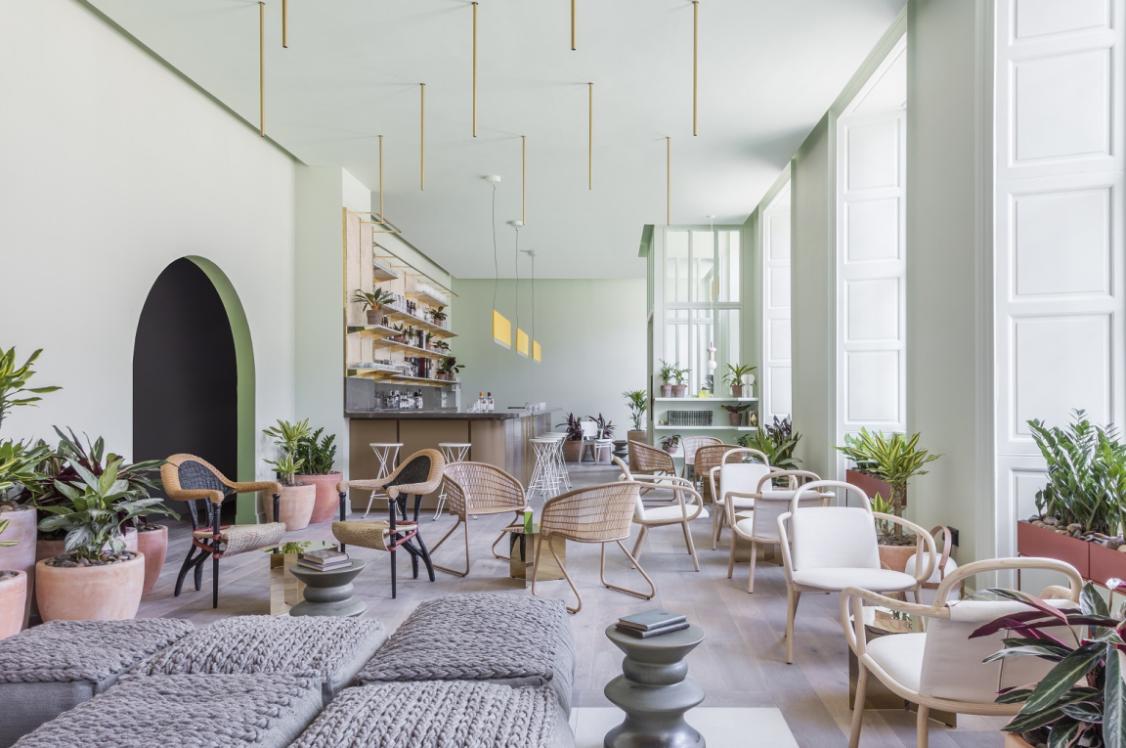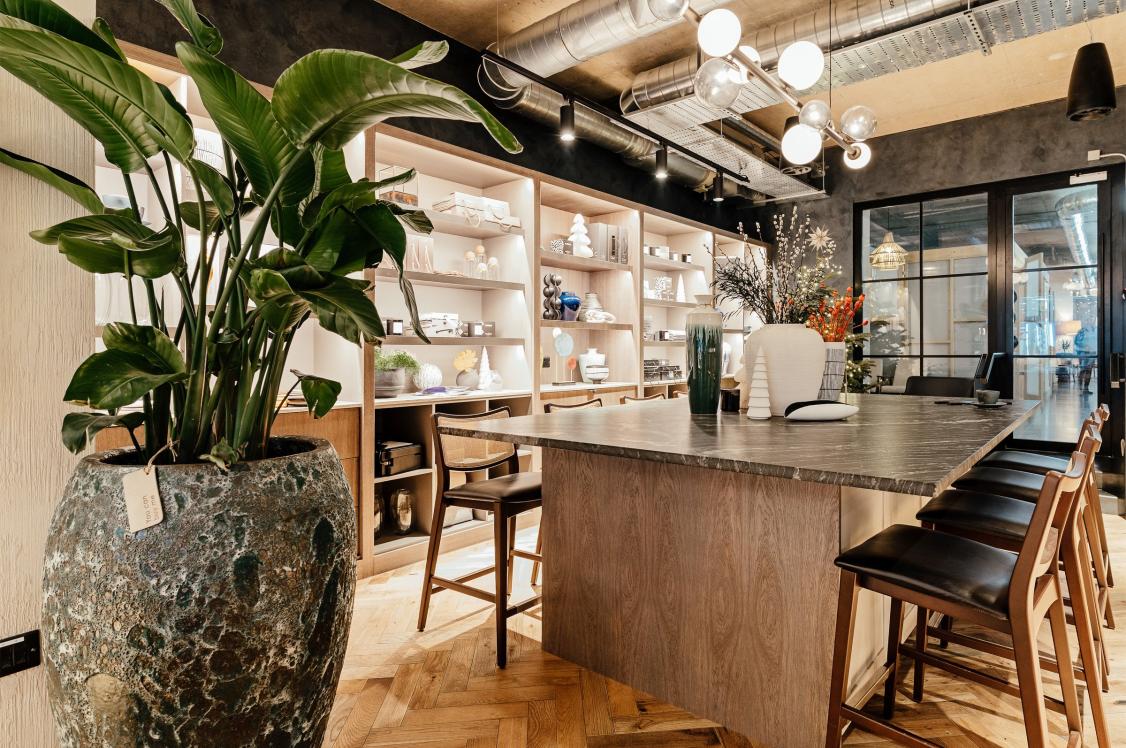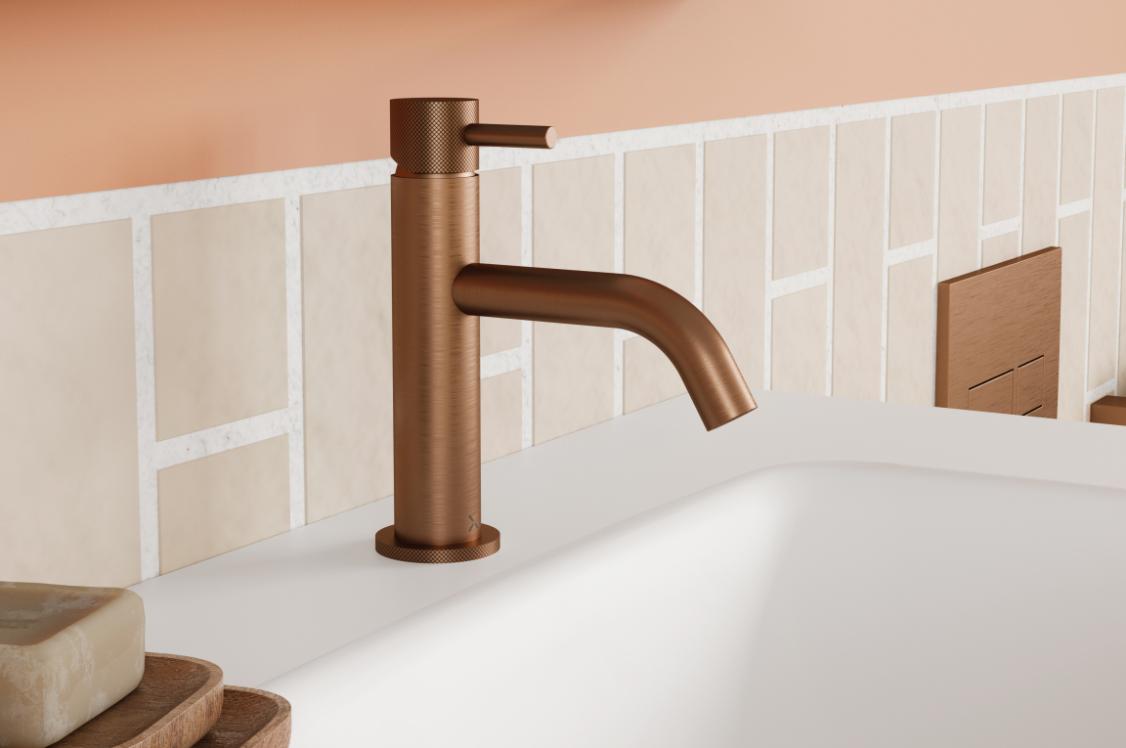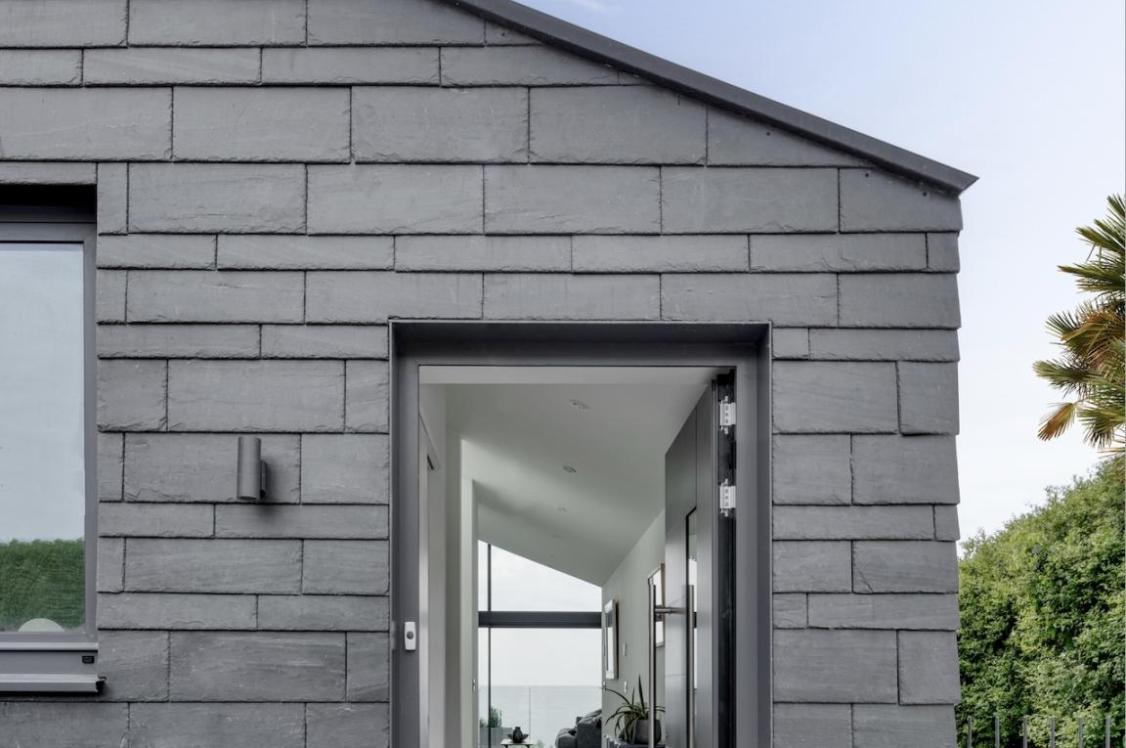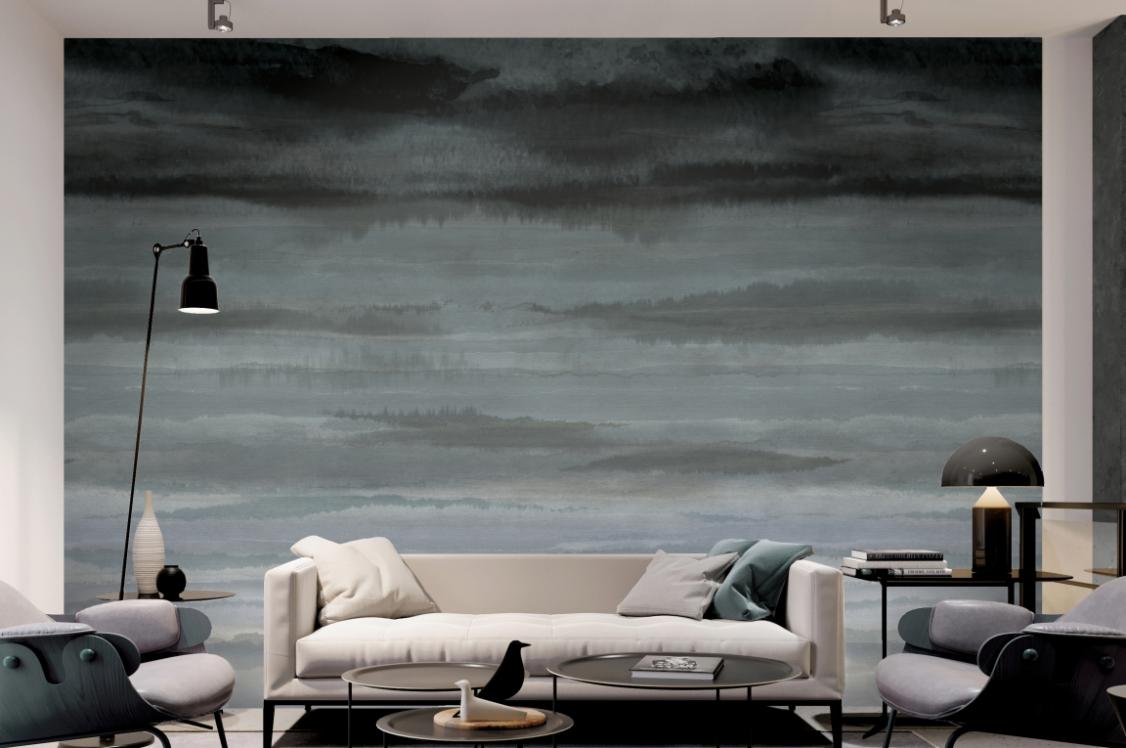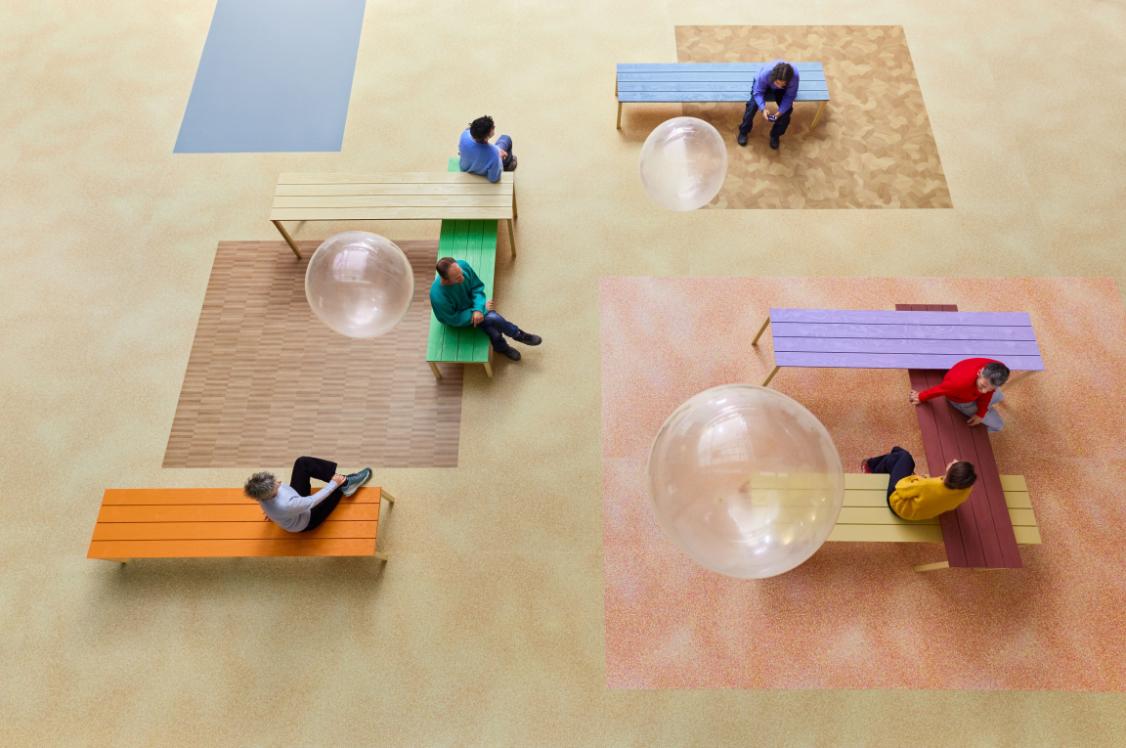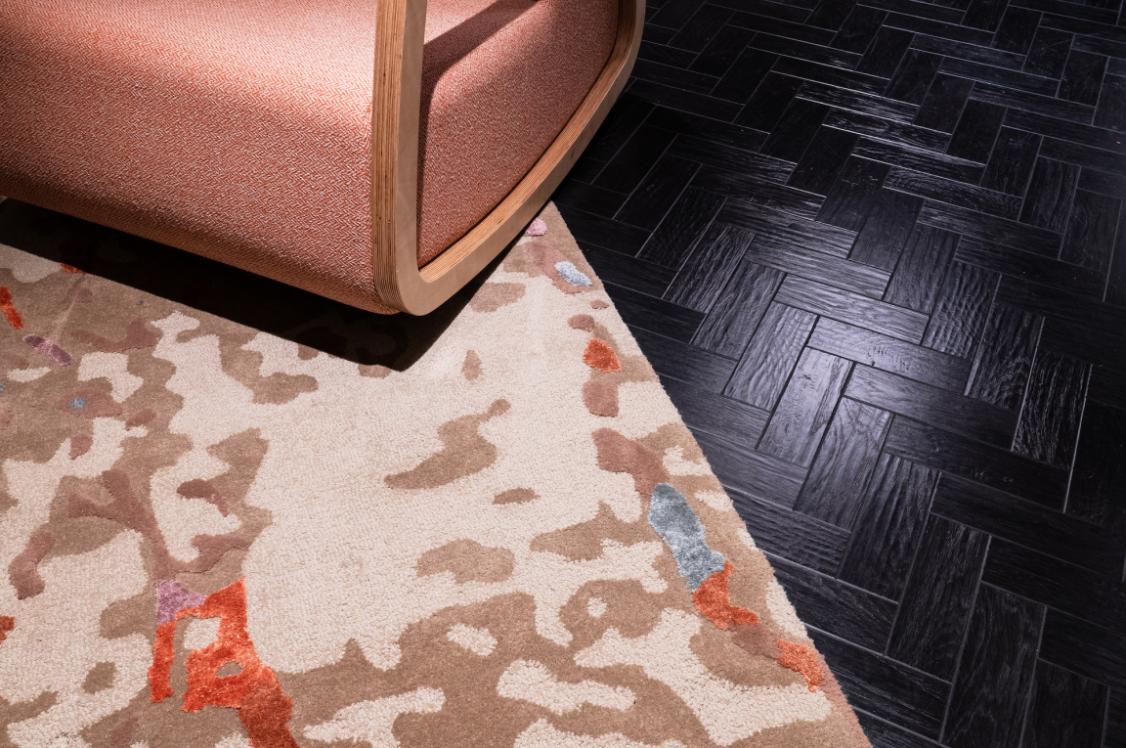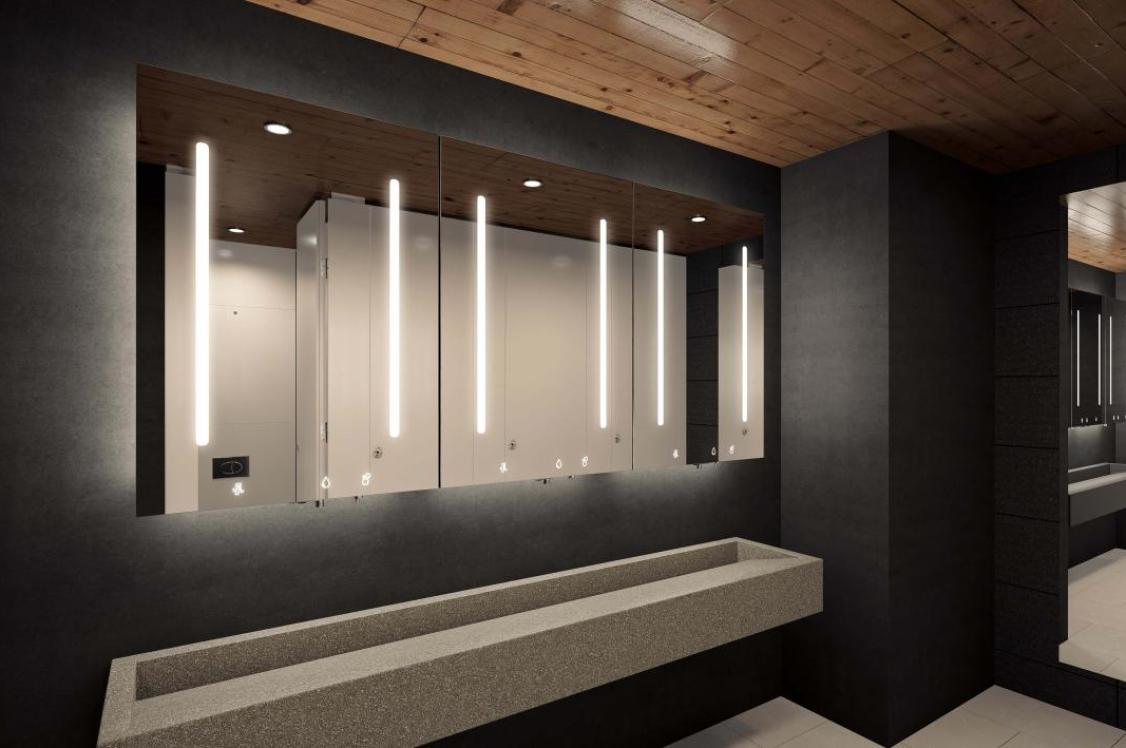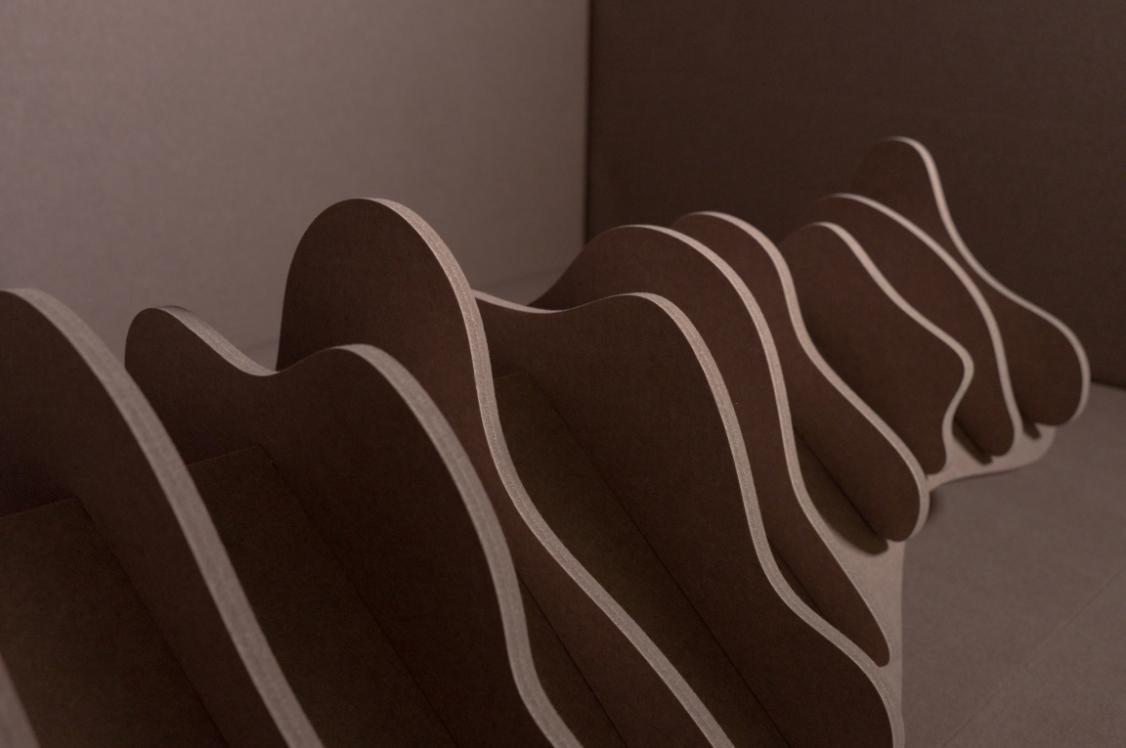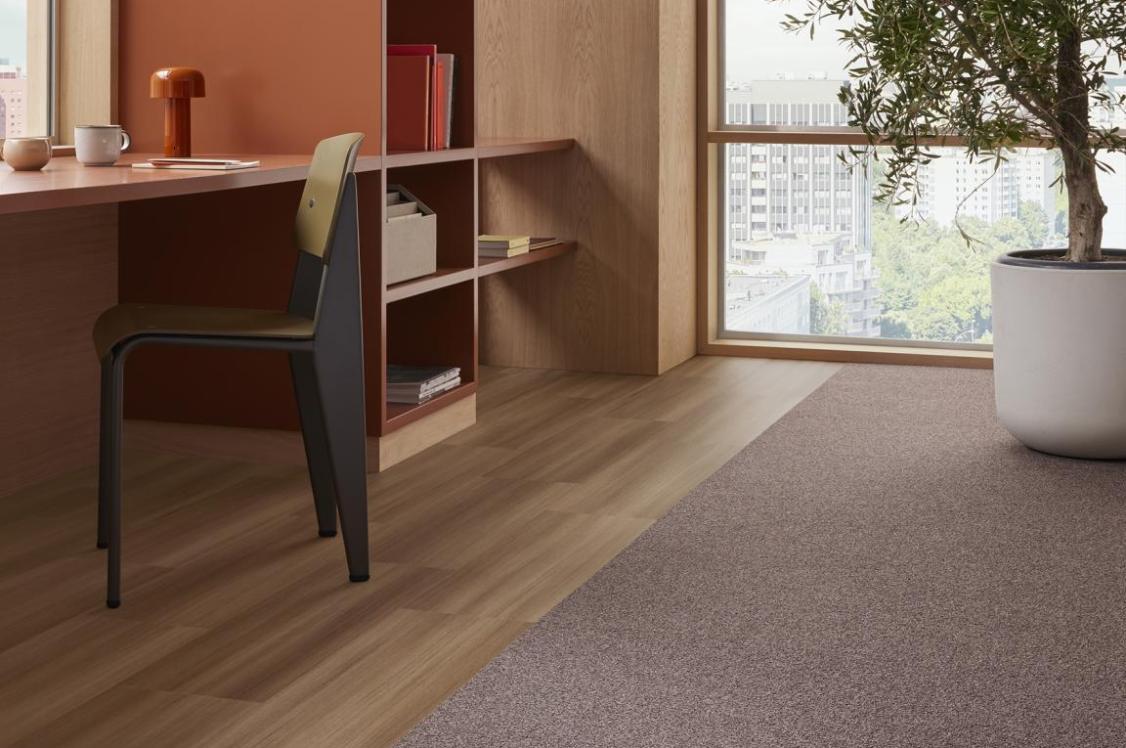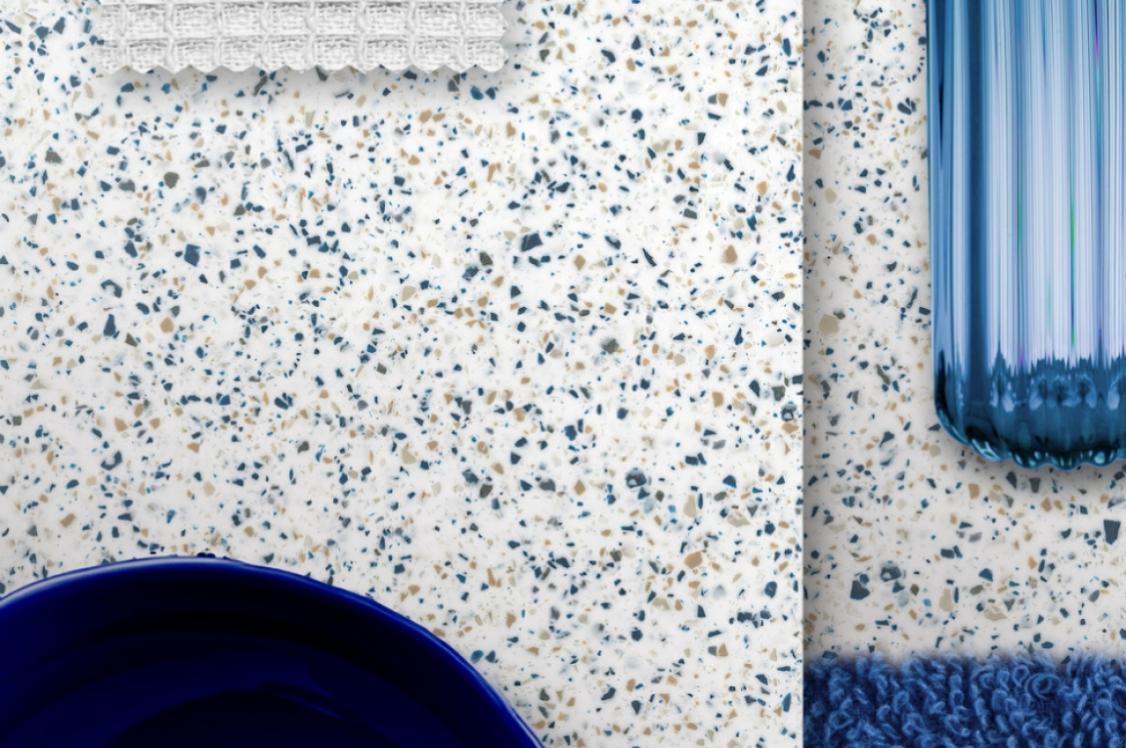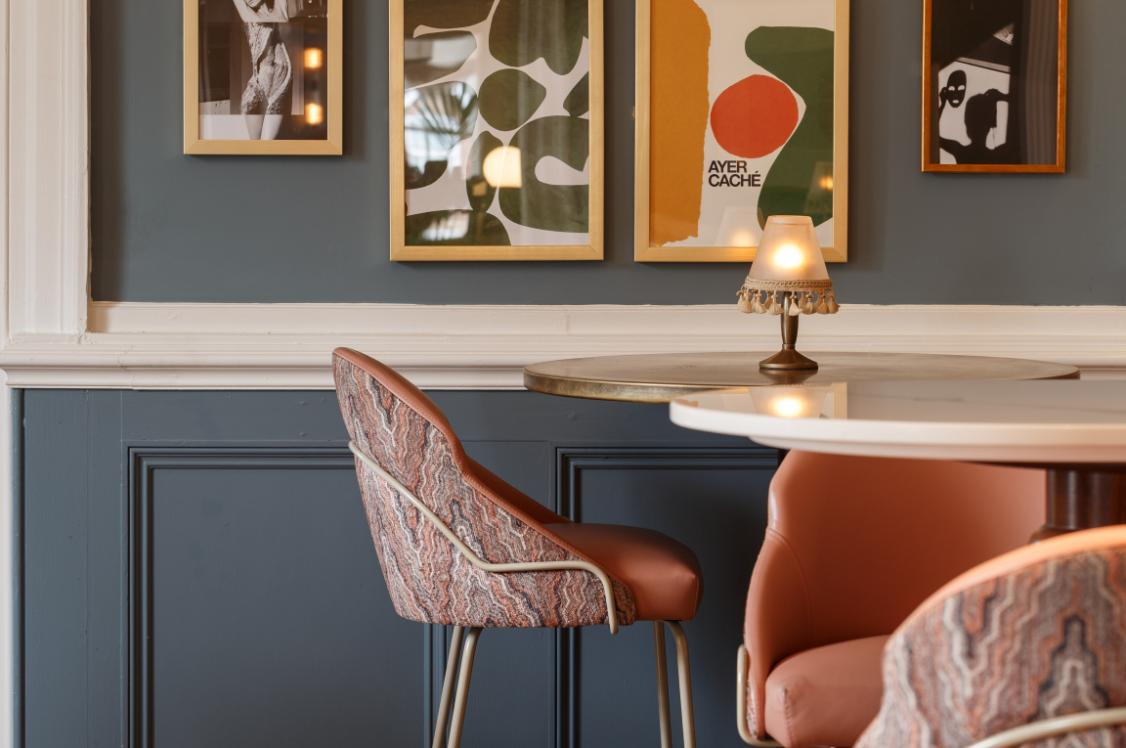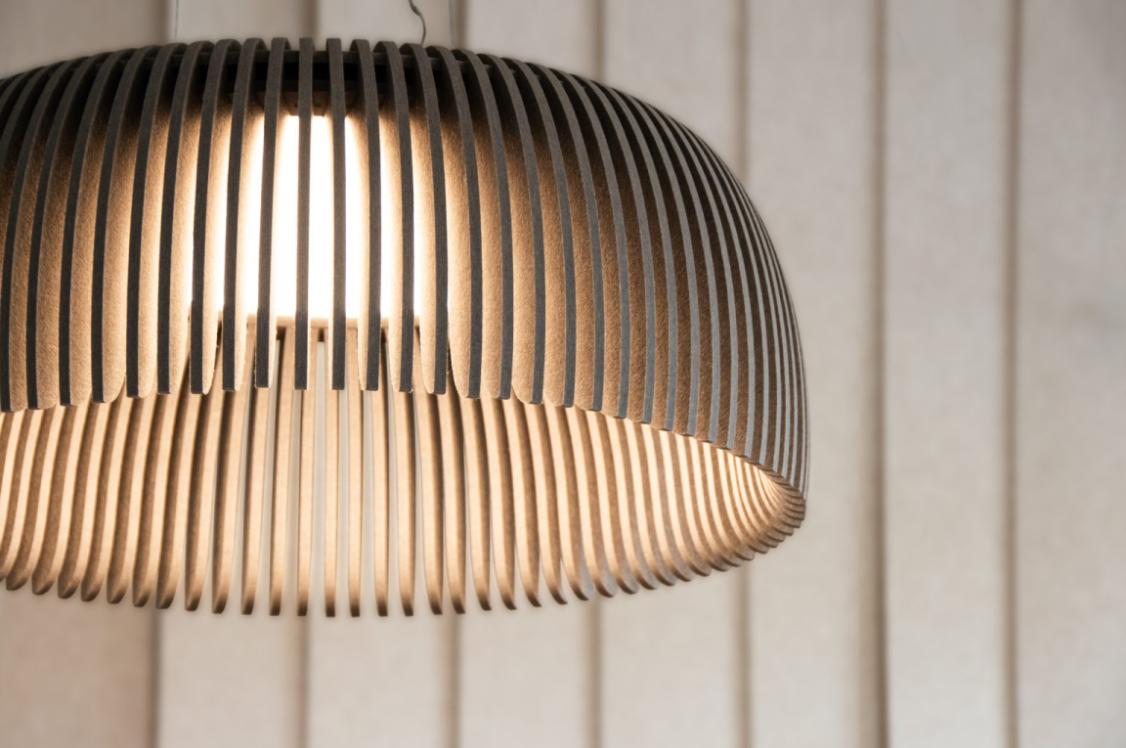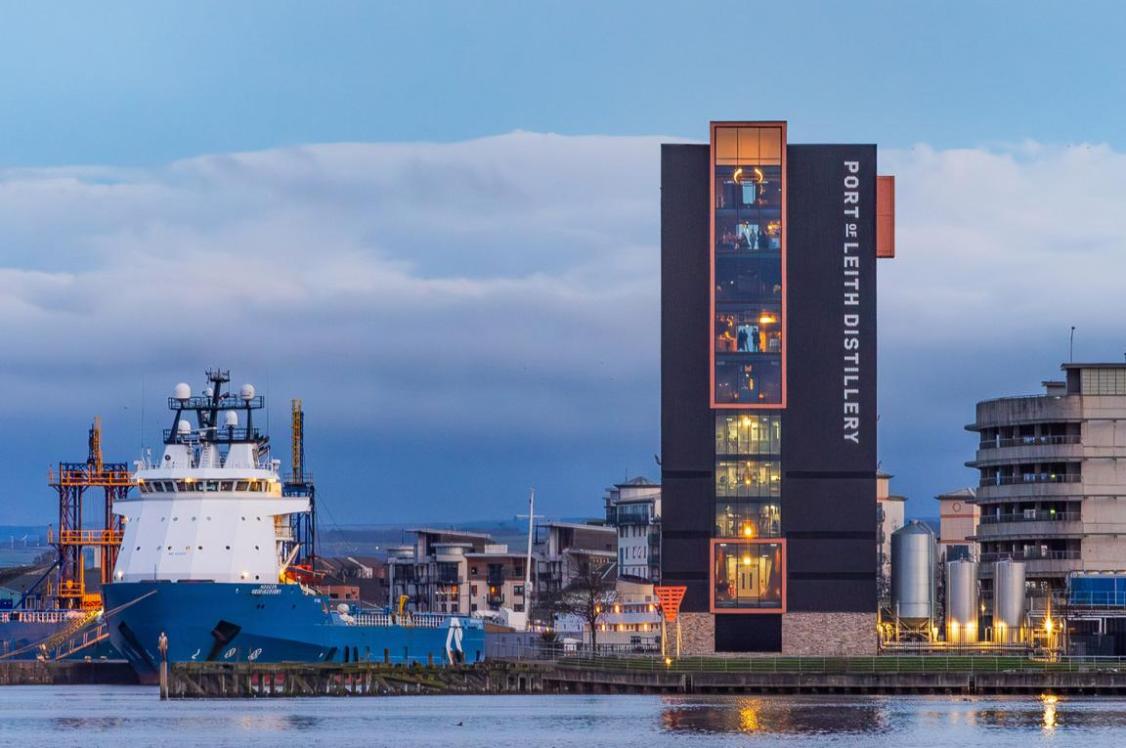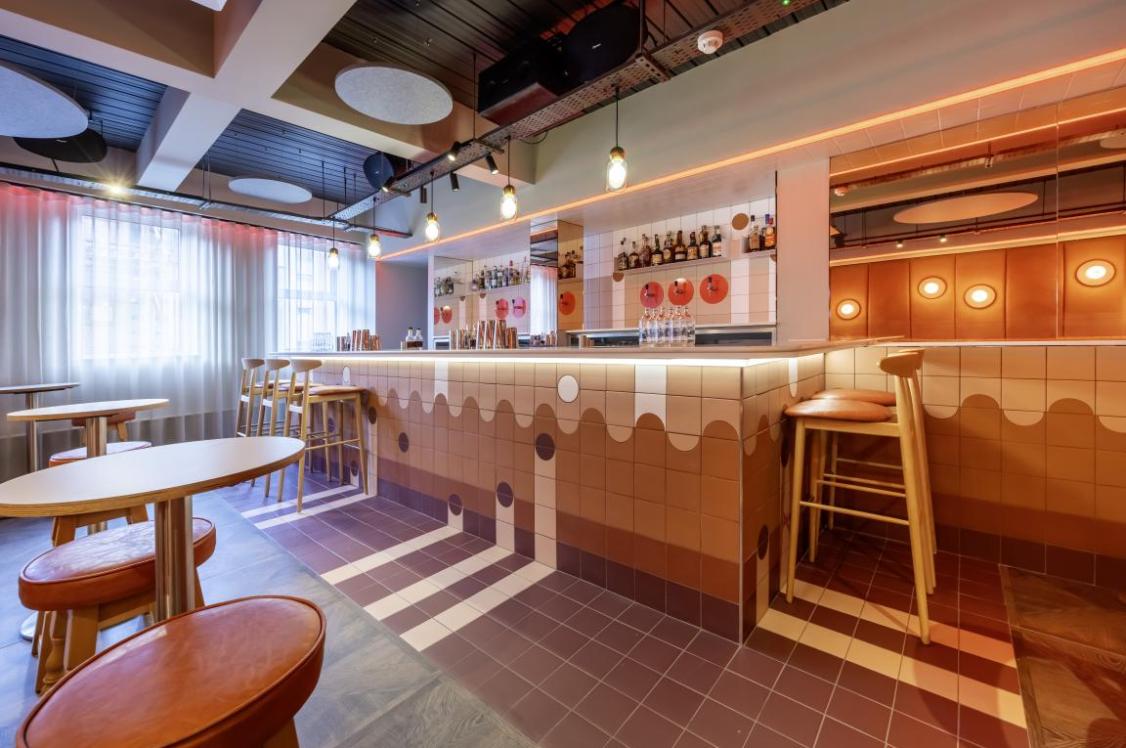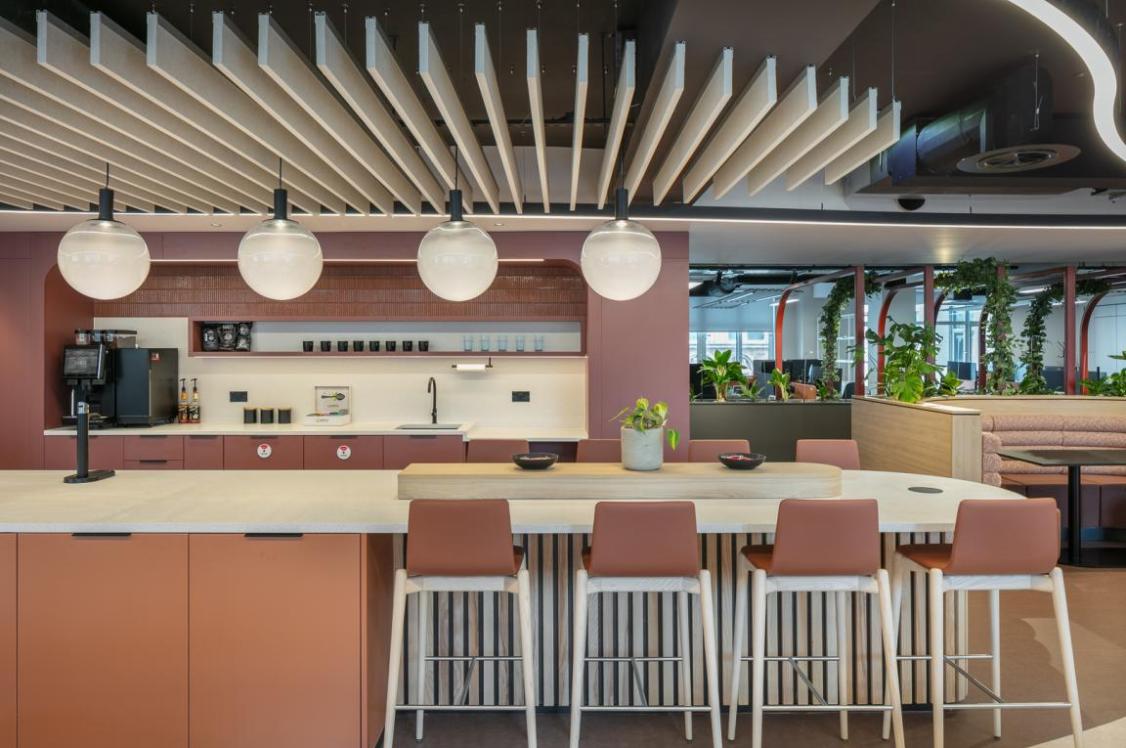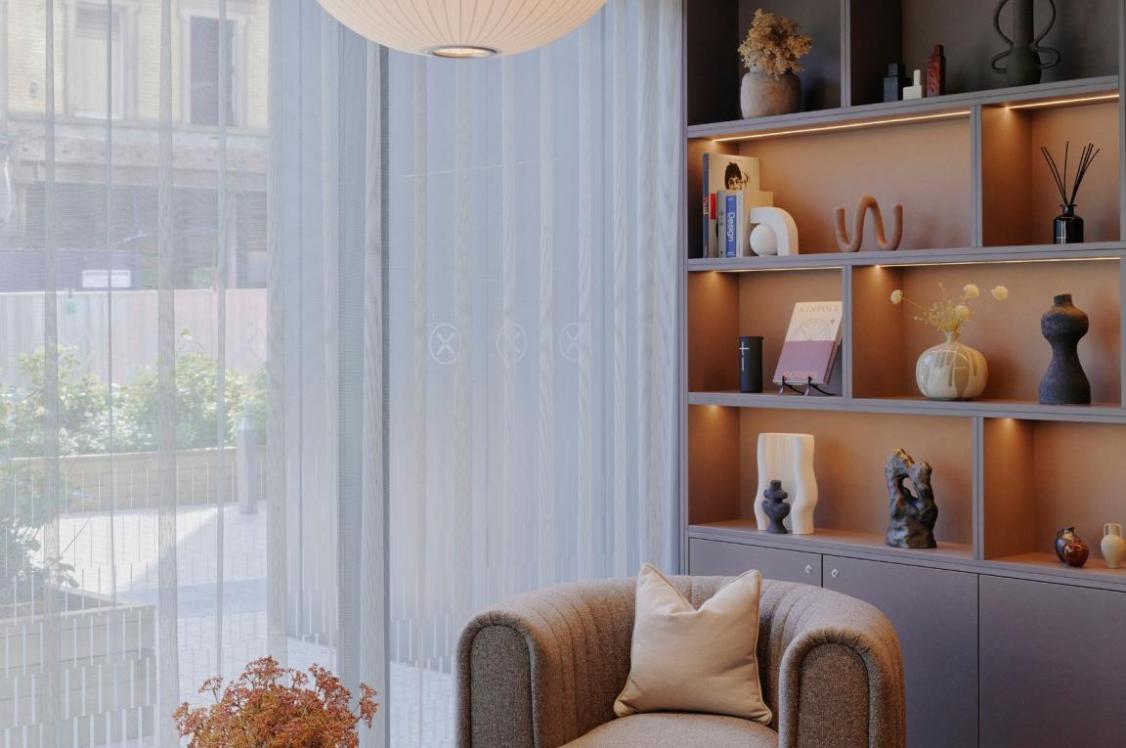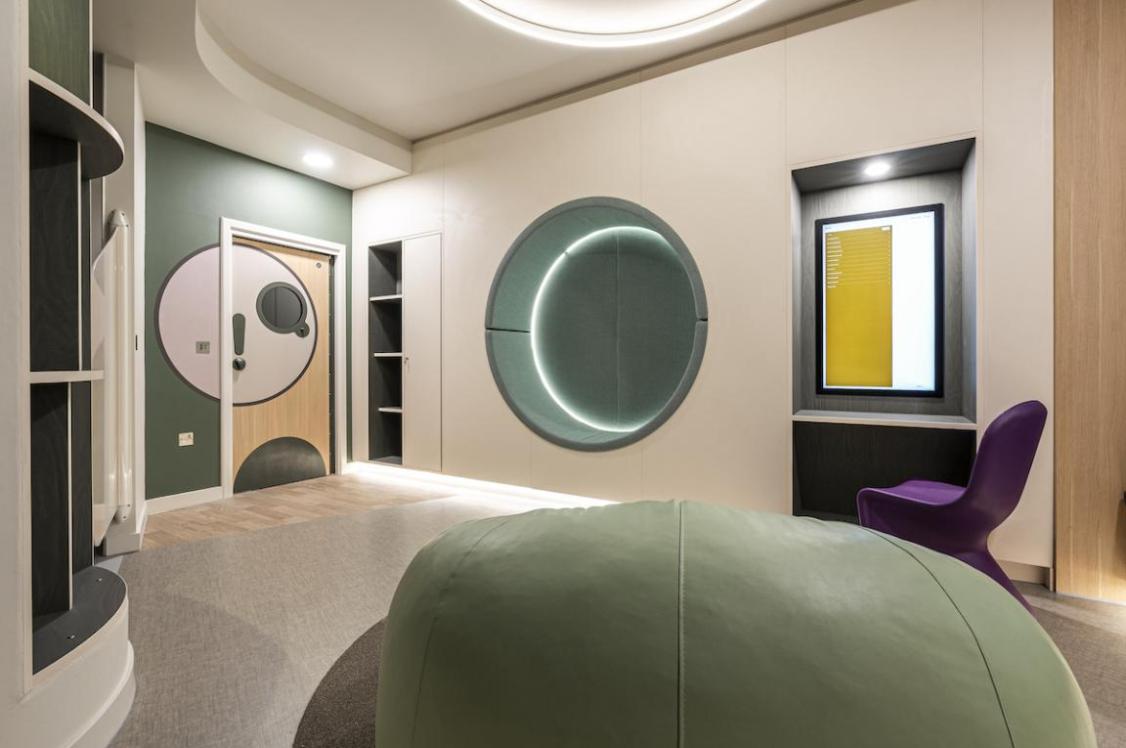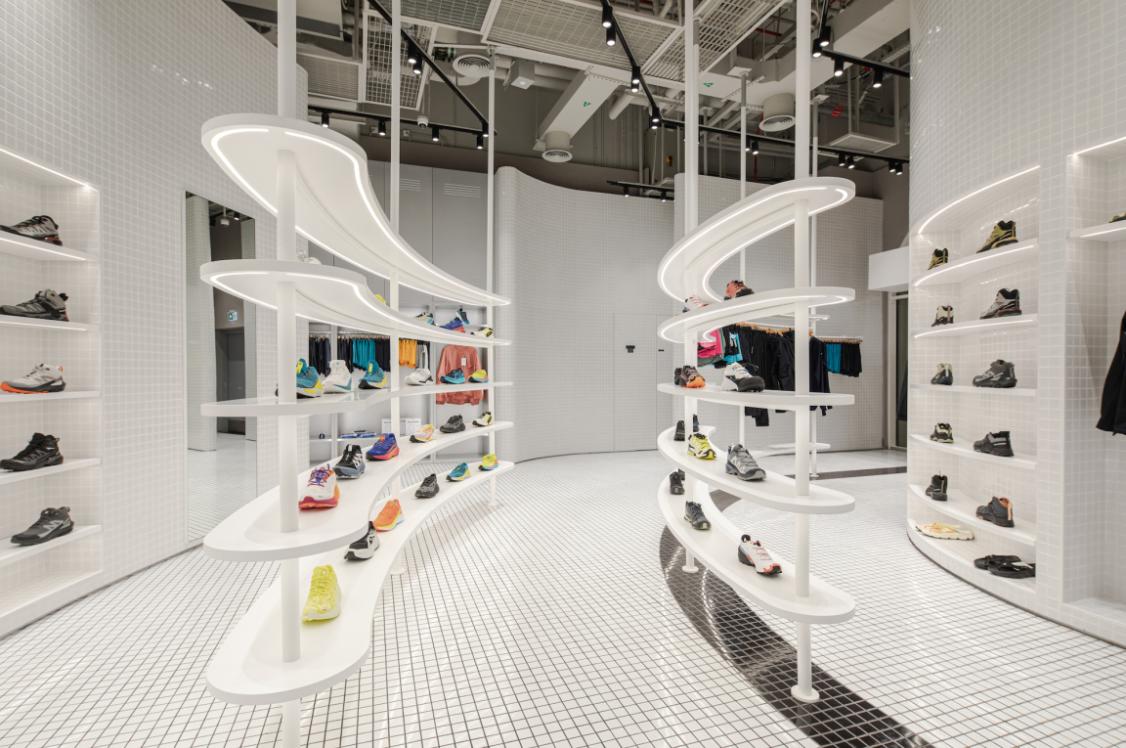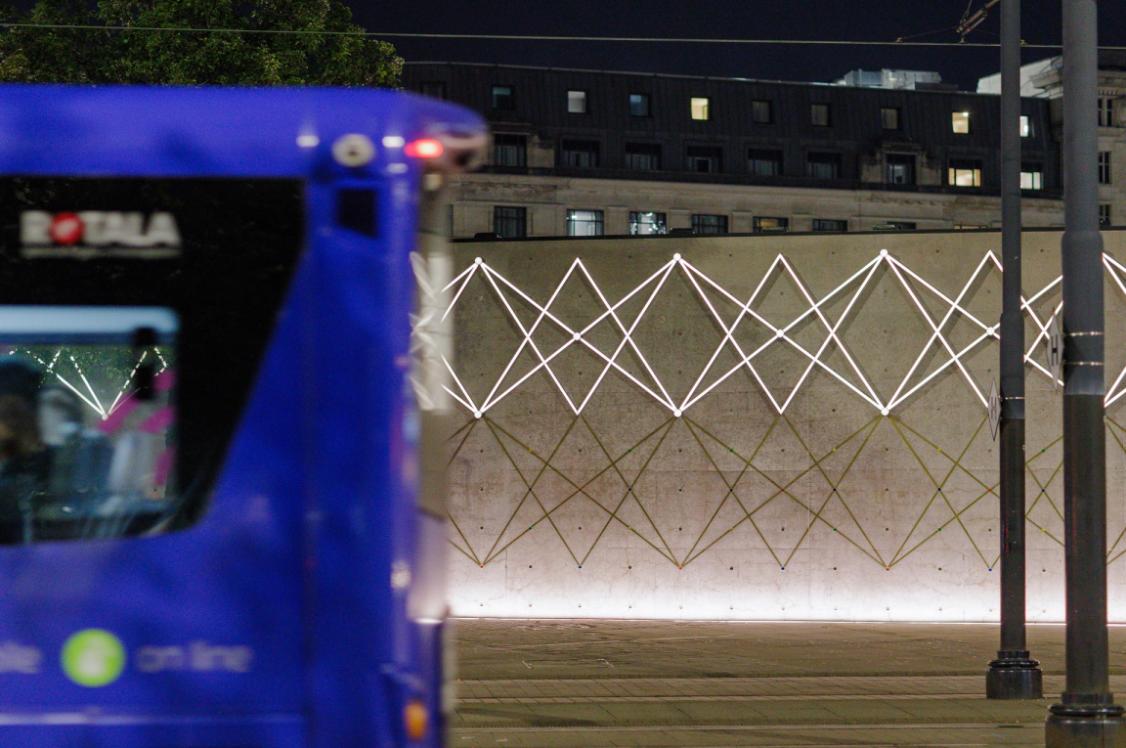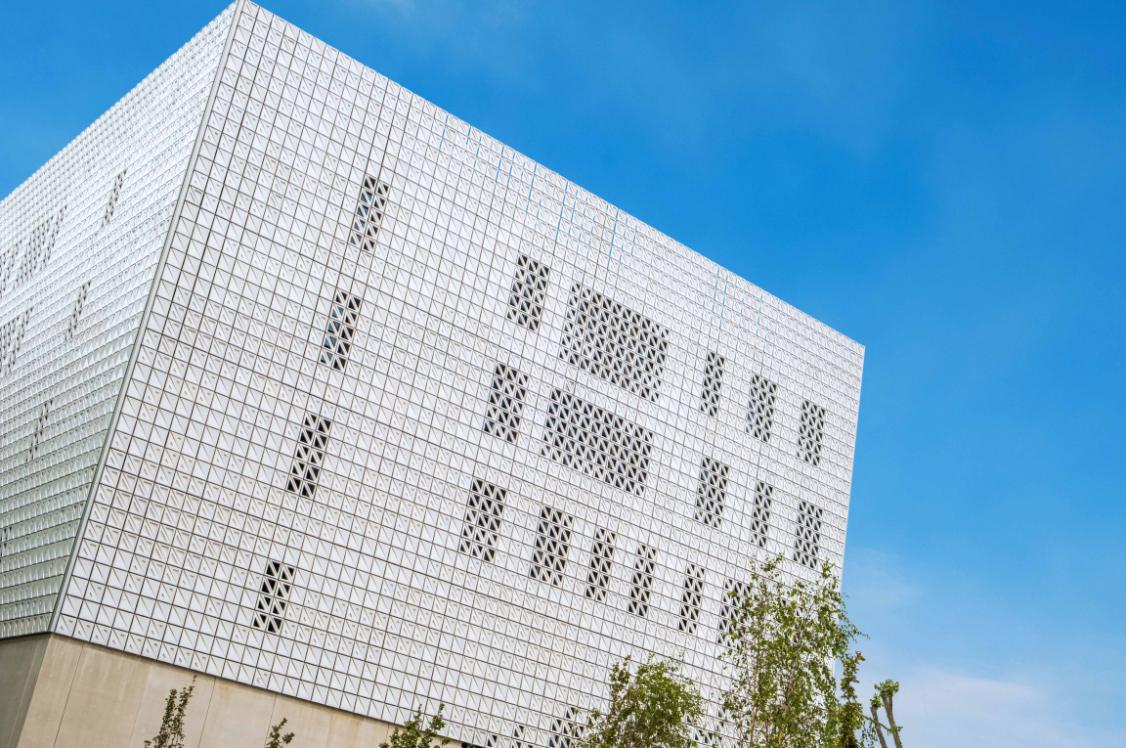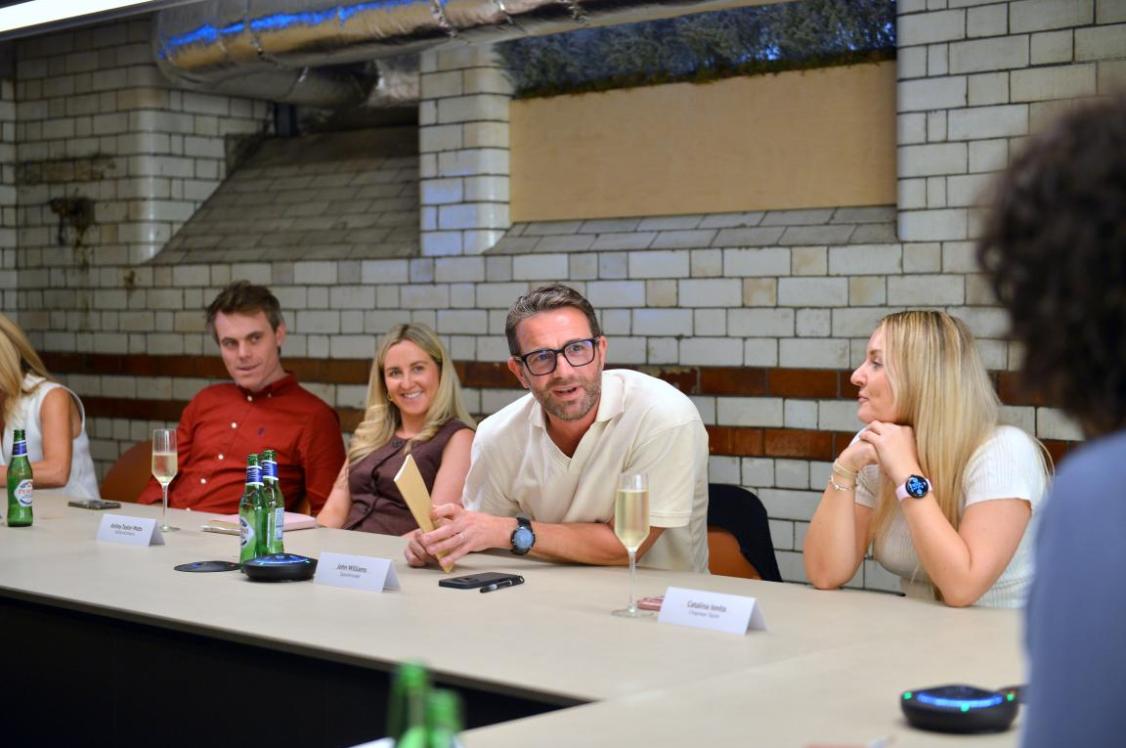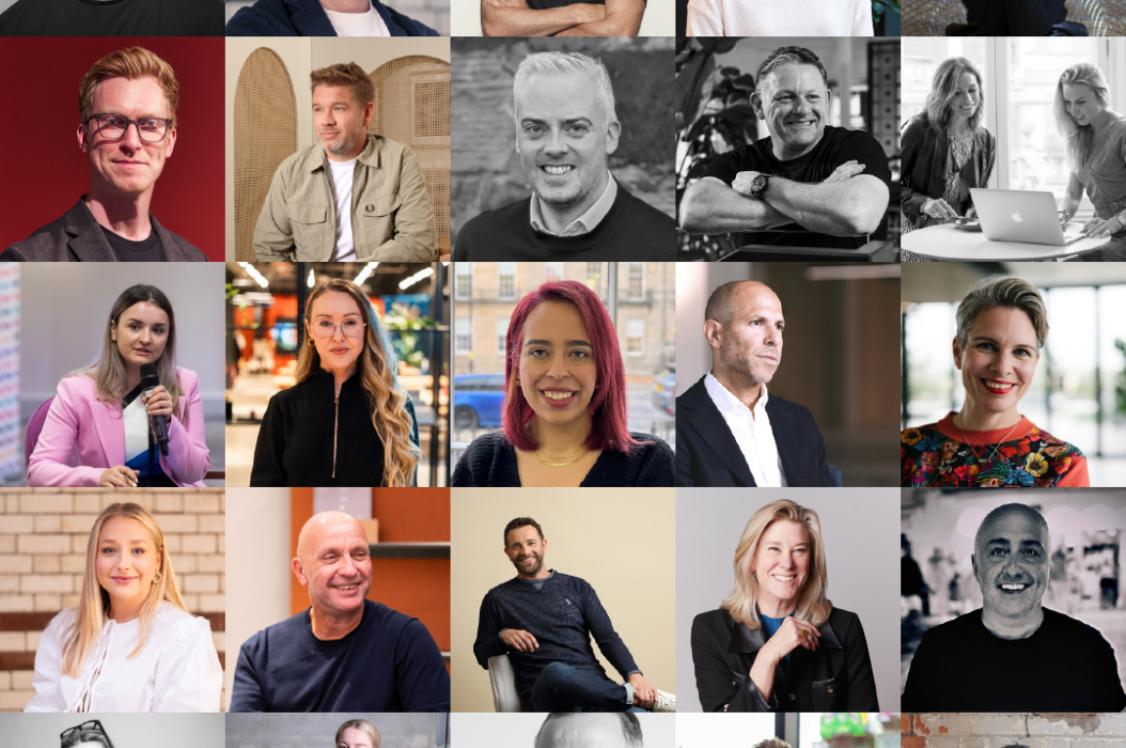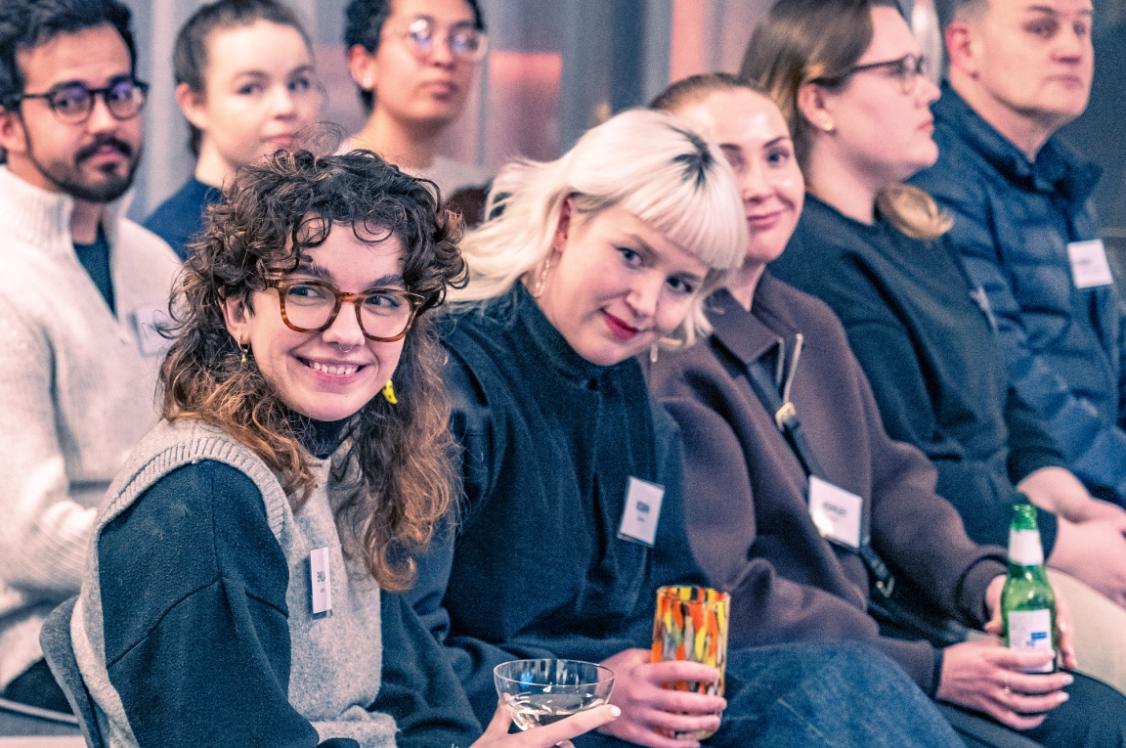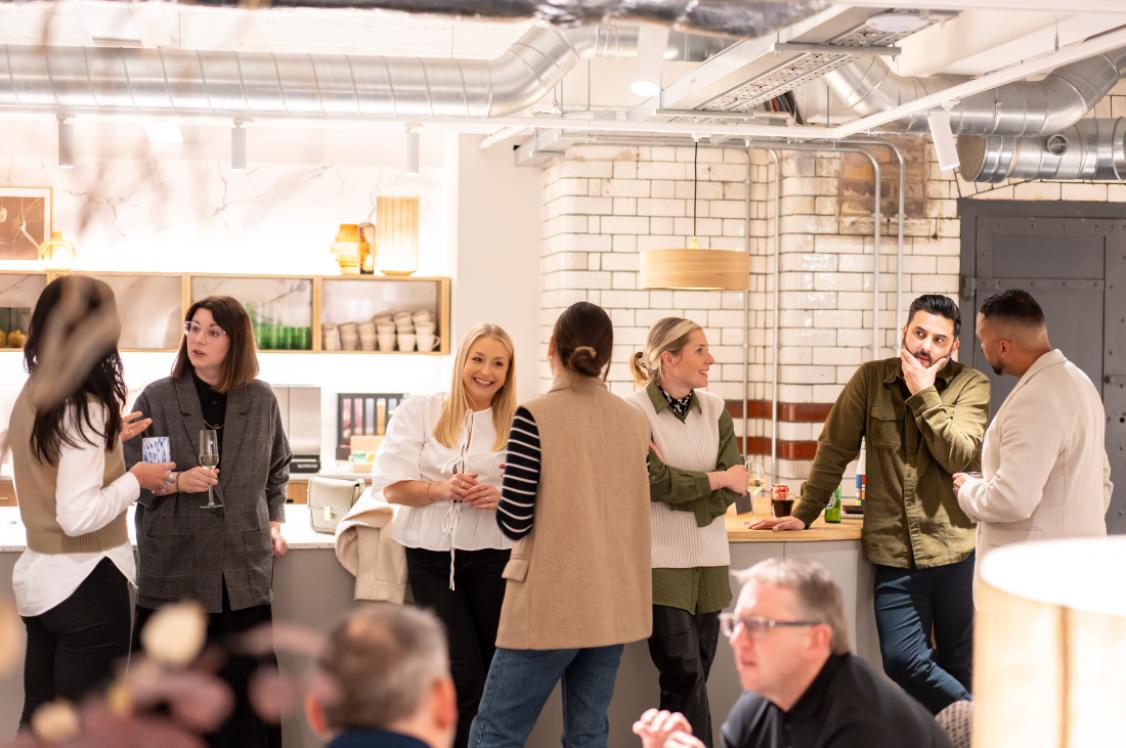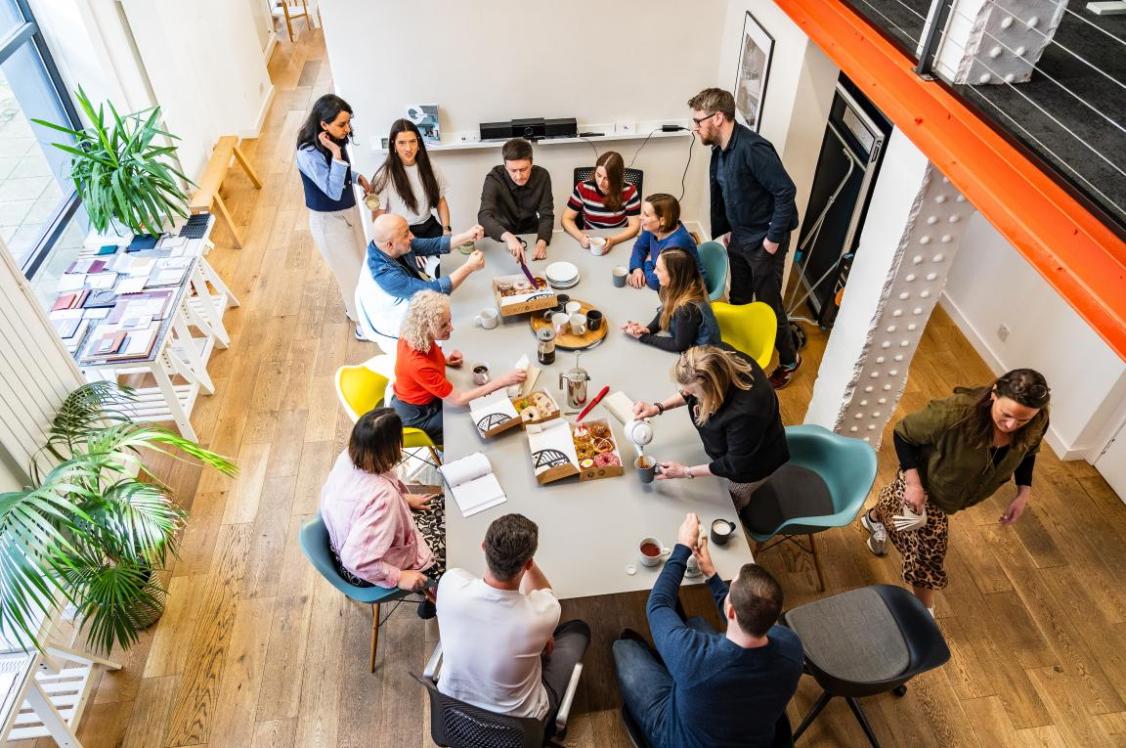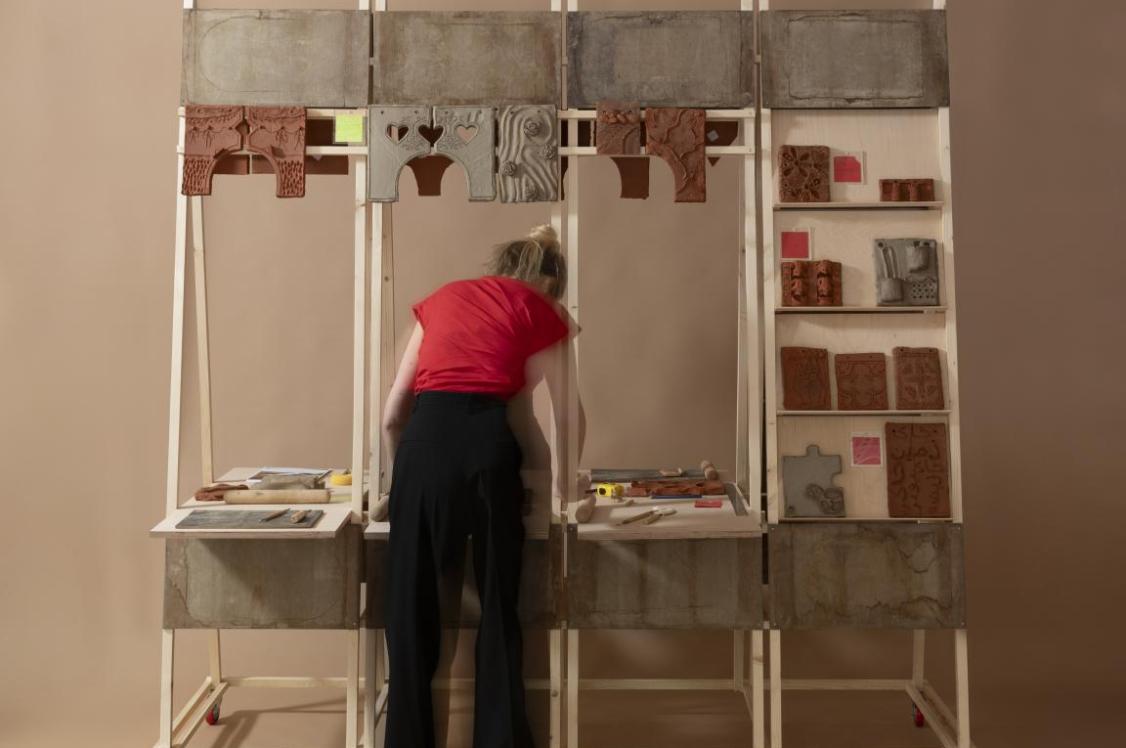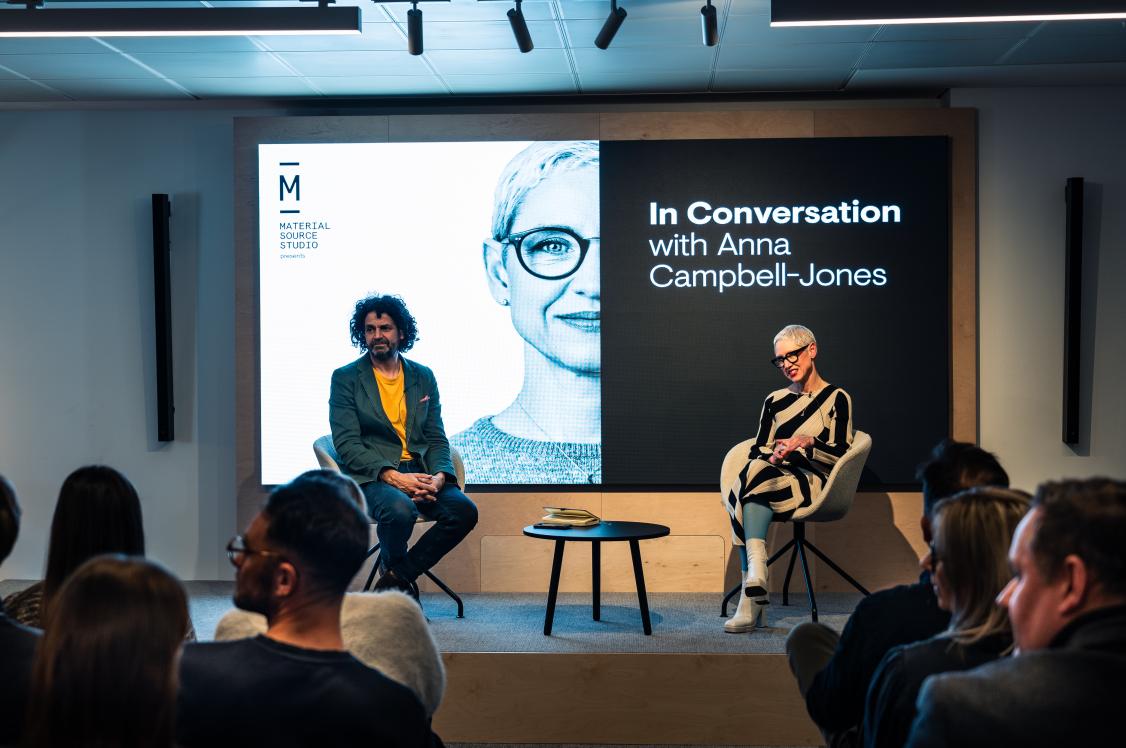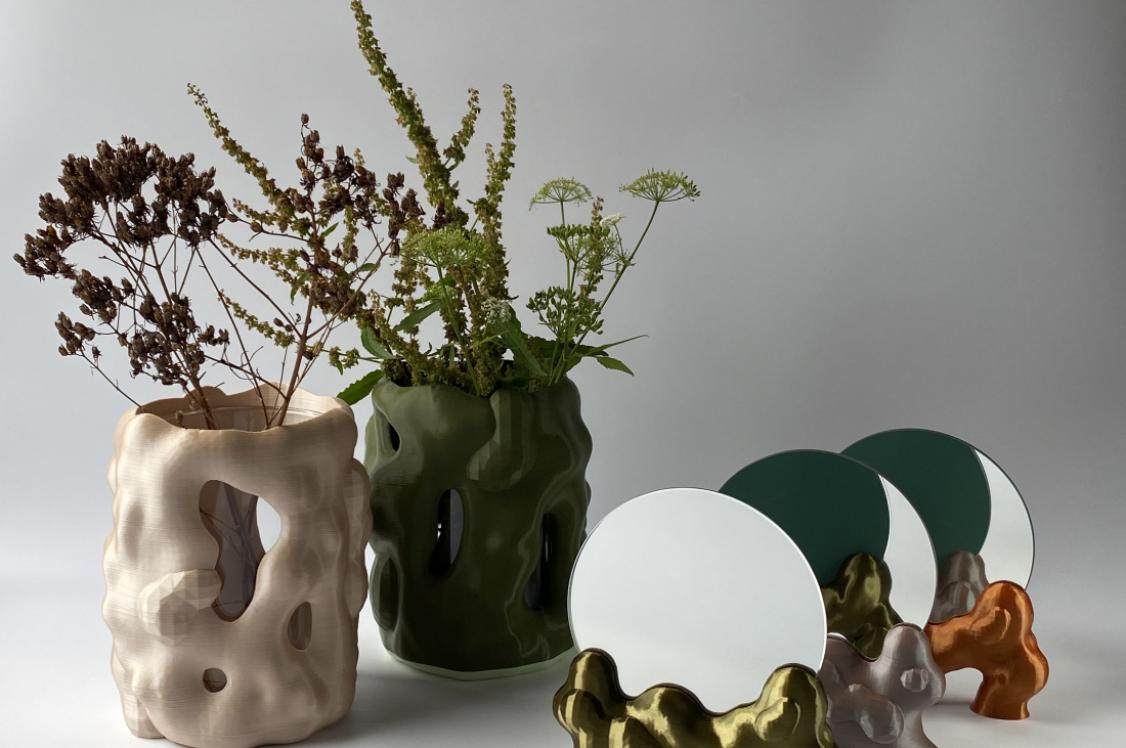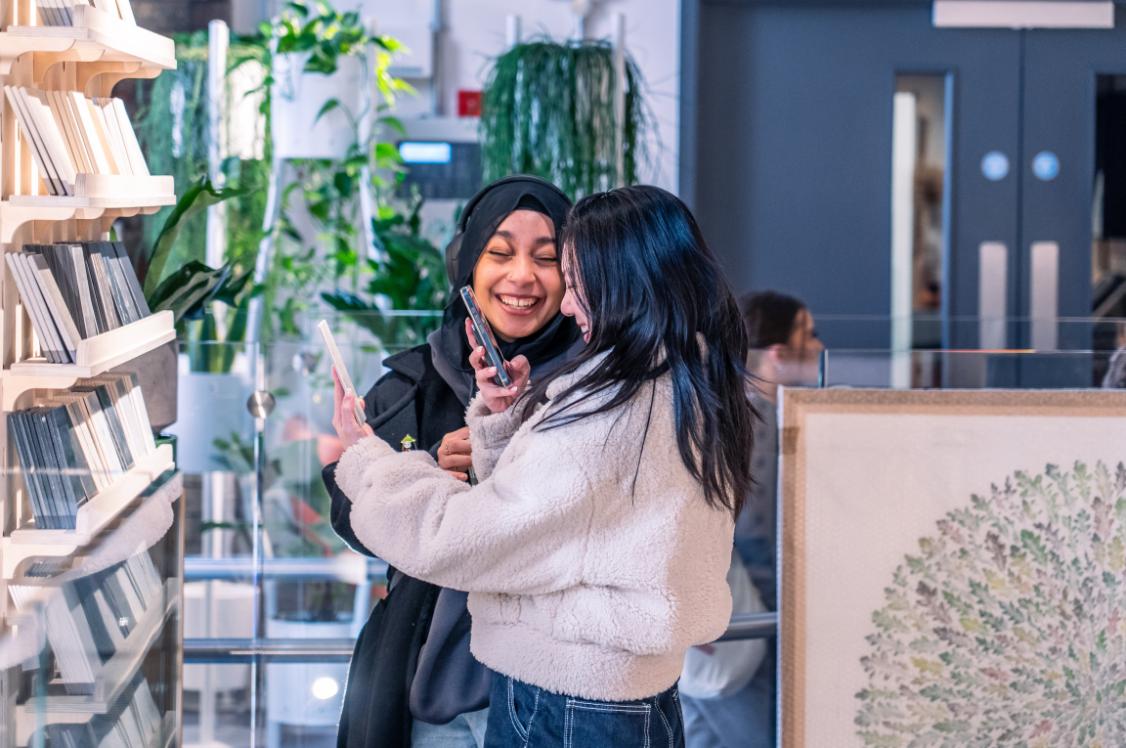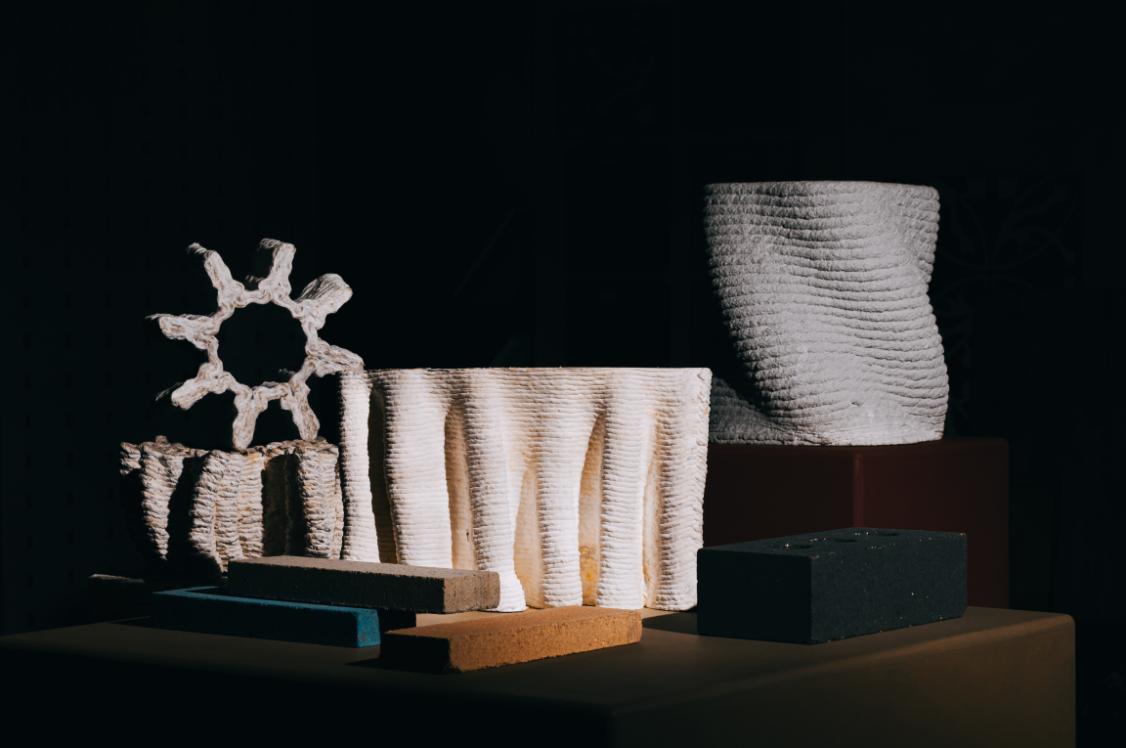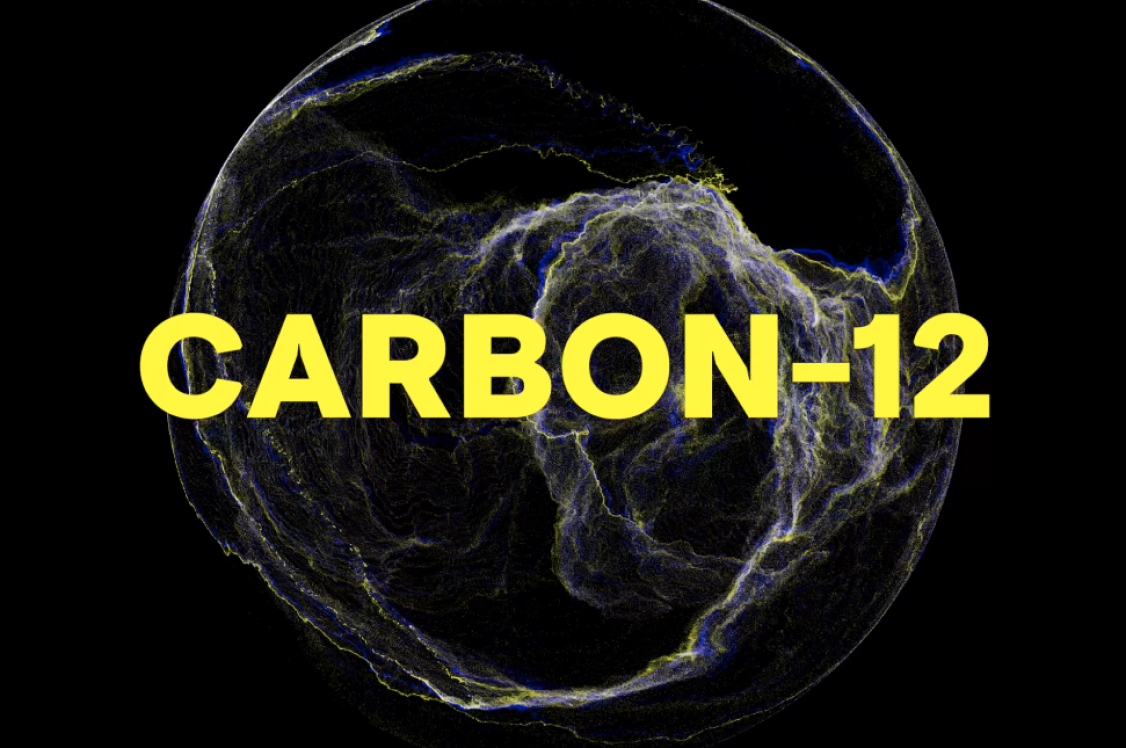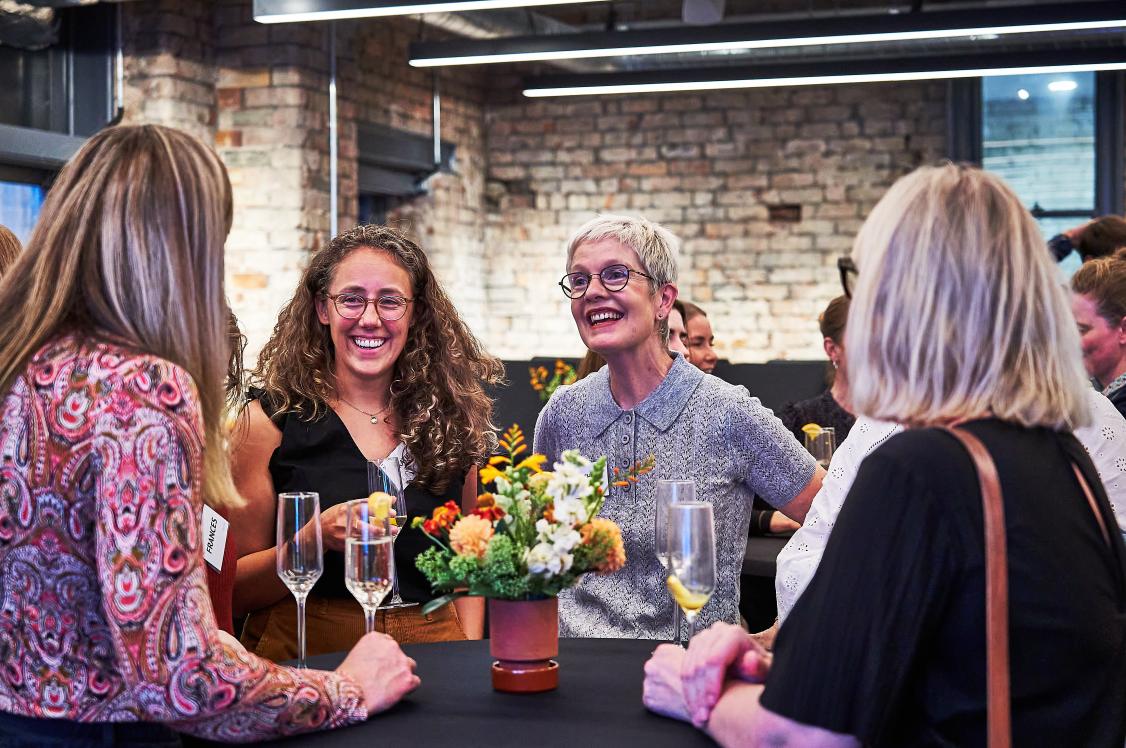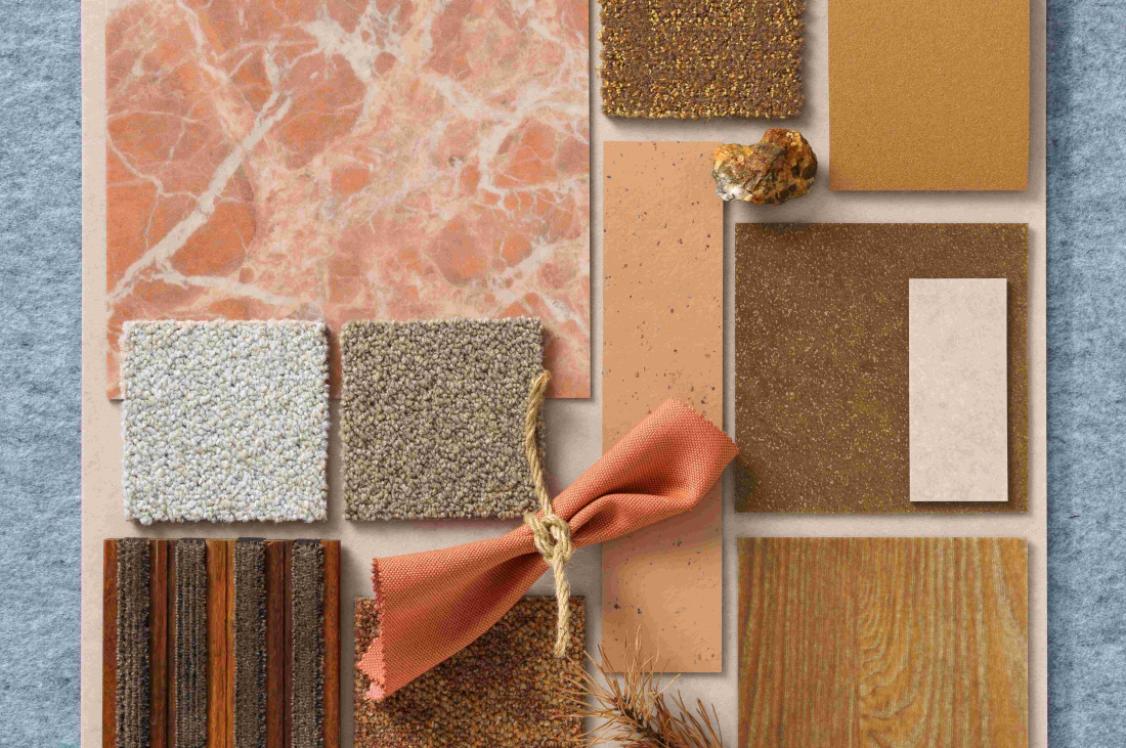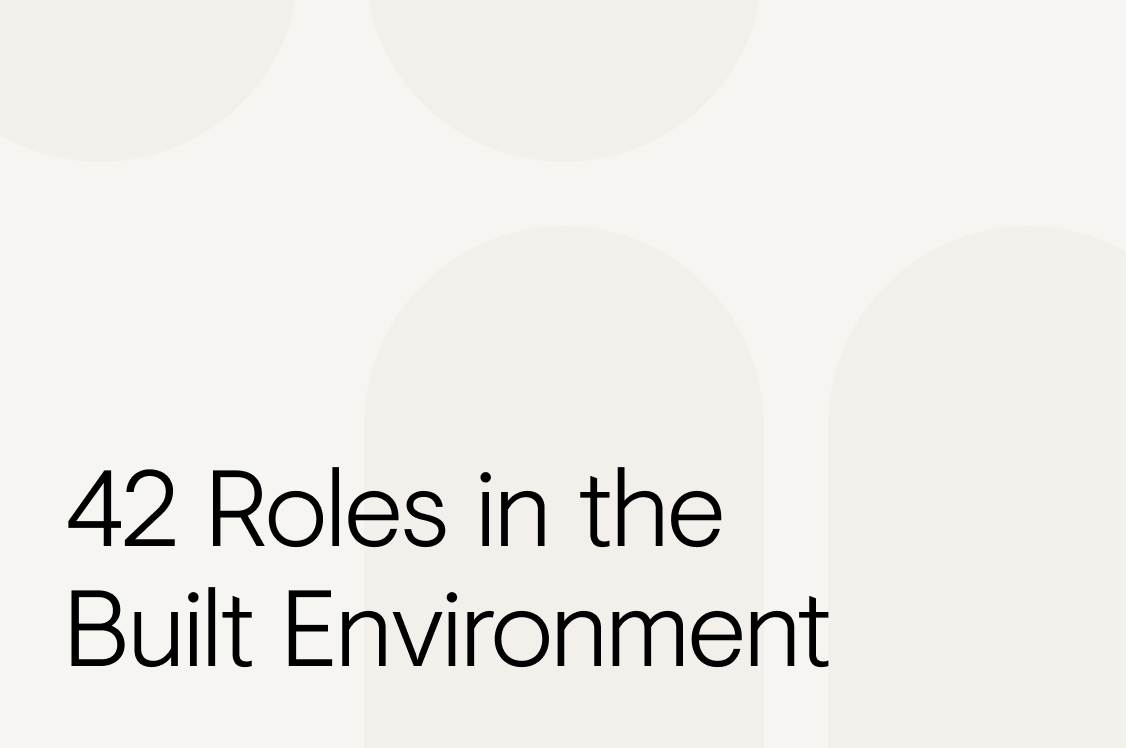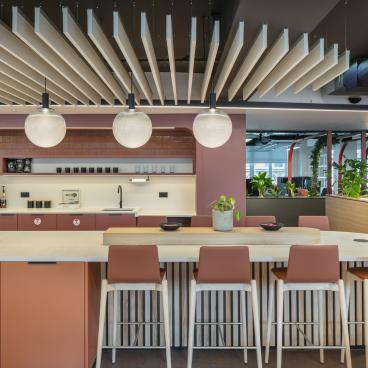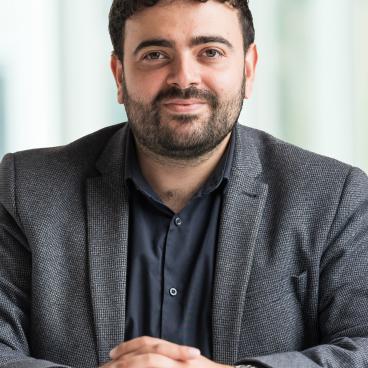30 Views: How are we promoting DEIB?
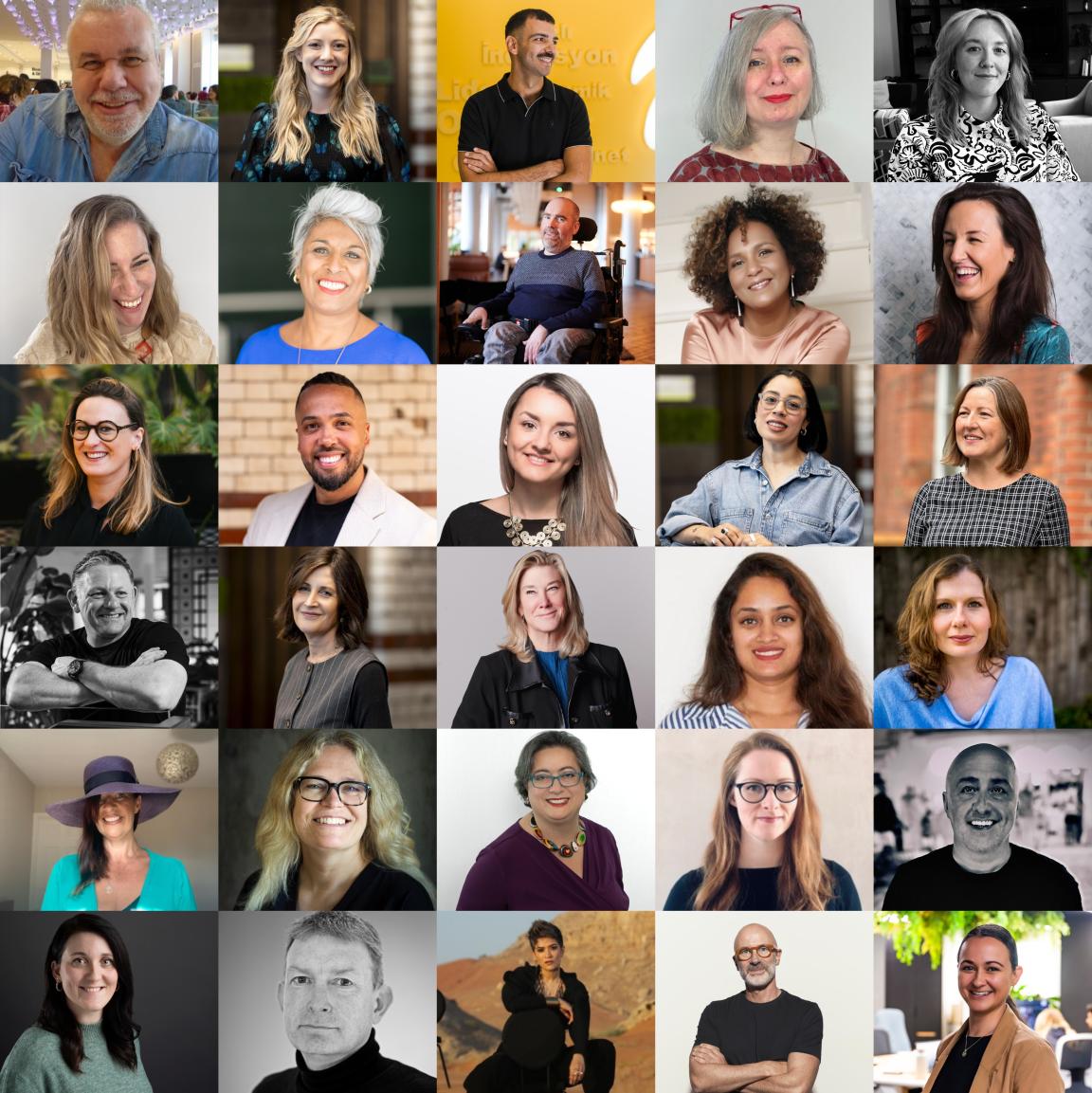
What was originally EDI - Equity, Diversity and Inclusion - is now DEIB or DIBE, to incorporate Belonging too.
A crucial element of the acronym, 'Belonging' feels like the positive result of what can be achieved by us getting the aforementioned words - Equity, Diversity and Inclusion - right.
As Material Source Studio co-founder & director, Michael Rogan, points out in his comment to come, Simon Sinek summarises the notion of belonging aptly in his book, Leaders Eat Last: “This feeling of belonging, of shared values and a deep sense of empathy, dramatically enhances trust, cooperation and problem solving."
And this in turn has been found to have a profound impact on business success and innovation. In a recent study on Diversity and Inclusion, McKinsey reported that by ensuring diversity in teams, productivity can be boosted by up to 30%. And companies with higher levels of gender and ethnic diversity in their executive teams are about 40% more likely to outperform their peers in terms of profitability. And that's without going into the raft of humanitarian wellness aspects that are no longer nice-to-haves, but a baseline business requirement.
With a dedicated focus this year on breaking down what may sometimes be viewed as sector buzzwords to uncover their true meaning, our next 30 Views is on the topic of DEIB.
Here, 30 built environment professionals answer questions related to the challenges and opportunities they've found when supporting Equity, Diversity, and Inclusion through their schemes, and amongst their own internal practice teams, with the aim of ensuring that Belonging is something experienced by all.
A huge thanks to everyone who's taken part.
What does DEIB mean to you?
Jessica Noël-Smith, founder, Beyond Access
"DEIB means recognising and respecting a person’s basic human rights. For example, when it comes to accessibility in the built environment many people are routinely disabled by the built environment itself, facing significant barriers to choice, independence and dignity in their daily lives.
"Creators of the built environment hold enormous power over the experience and extent of disablement, and in terms of my own research and consultancy work this means raising awareness and understanding that, fundamentally, disability rights are human rights which can only be supported by going beyond mere minimum compliance to be inclusive, considerate, respectful and equitable."
Michael Rogan, co-founder & director, Material Source Studio
"For me, allowing people to feel a sense of 'Belonging' at work is crucially important. Simon Sinek summarises it aptly in his book, Leaders Eat Last , saying: “This feeling of belonging, of shared values and a deep sense of empathy, dramatically enhances trust, cooperation and problem solving. Marines are better equipped to confront external dangers because they fear no danger from each other. They operate in a strong Circle of Safety."
"At Material Source Studio, though obviously not comparing ourselves to those on the front line, we feel this same sentiment applies and have used it to form our Guiding Principles. A set of non-negotiables that act as a framework within which we operate. And because we have this framework in place, we can be playful around the edges. Turning up on time for work is a given, for example. And by everyone doing that, it means we can offer parents and staff time off for things like a sport's day, or an unmissable event. In fact, we insist that they prioritise it over work.
"But it's a team effort - we need other members of the team to show up for us, and for us to do the same for them. You could say we take inspiration from Ubuntu - an ancient African word meaning 'humanity to others'. It's rooted in this mantra: 'I am what I am because of who we all are'. A collective approach.
"In my view, it's only when we secure this strong level of trust in teams - firmly grounded in humanity - that we can truly say we support DEIB holistically."
Charlie Kent, creative director, Area
"DEIB means designing spaces that are truly reflective of the world around us, not the view we may see with blinkers and unrepresentative of everyone. I chose this profession, and Area, because I believe in creating environments where people feel that they belong. To be a good designer in this world means listening, learning & designing with empathy.
"Historically designing with EDI or DEIB often felt like a client checklist exercise, whilst this still may be the case at times, it is positive that we observe progression here. Unconscious bias, timescales, architectural challenges, or budgets can at times tempt clients to deviate from their own goals. DEIB must be treated as a central pillar of our project values.
"When clients are willing to allow us first hand staff engagement, that's really useful. When we are able to hear how staff feel, what may or may not have been considered in the past we get to hear how to improve their experience of space. This provides us with tools to be DEIB positive designers.
"If I had a magic wand...Education, education, education. We must educate ourselves and the design communities around us to be successful in enabling DEIB design to be the norm, not the anomaly."
Coralie Silver, designer, FORM Design Consultants
"My commitment to inclusive design is deeply personal. Having neurodivergent family members, I have witnessed firsthand how differently they experience and navigate the world — and the challenges they often face within environments not built to support them. These experiences instilled in me a strong belief that good design should never isolate or exclude but instead enable and empower.
"We spend a significant portion of our lives at work, so it’s important to recognise that a “one size fits all” approach just doesn’t work for everyone. Creating choice is key. By incorporating a range of work settings — from quiet focus areas to spaces for collaboration or socialising — and by building in sensory flexibility, like giving people control over the lighting or temperature in their space, we can better support the full spectrum of working styles and needs that exist in any team."
Jasper Sanders, founder and director, Jasper Sanders + Partners
"At Jasper Sanders + Partners, we believe good design is inherently inclusive. Our goal is to create democratic spaces that strengthen communities and reduce harm to the planet, for people and nature alike.
"What matters is designing with empathy, clarity, and purpose — creating spaces that are open, respectful, and responsive – and being open to constant learning. This way we can always seek to enable overall design harmony, whilst reflecting the needs and make-up of the particular user audience."
Mustafa Afsaroglu, co-founder, Pit-to-table
"At Pit-to-Table, one of our founding values is that “diversity is the spice of life.” We built the company with the intention of celebrating difference, not just in who we work with, but how we work.
"As a queer, Middle Eastern founder, I’m committed to creating a business where people feel comfortable in their own skin. This extends to our supply chain too: we source olive pits from both Turkish and Greek Cypriot farmers, supporting equity across communities that have long been divided."
Kat McDicken, interior designer, c2:concepts
"EDI is at the heart of my design thinking. After receiving an adult ADHD diagnosis while working in a large open-plan office, I realised how environments can exclude without intention. This led me to explore workplace wellbeing—and EDI. Neurodivergent people make up around 15–20% of the population, however many spaces still fail to support diverse cognitive needs.
"Inclusive design isn’t just for the few; it benefits everyone. Yet it’s often undervalued or cut due to perceived cost. As designers, we must challenge that mindset, embedding inclusion from the briefing stage. When we design for diversity, we create spaces where more people can thrive—not just survive."
Pippa Nissen, director of architects and exhibition designers, Nissen Richards Studio
"In the museum and exhibitions sector, inclusivity spans both representation and accessibility. Our approach is to start a dialogue with the widest possible range of audiences, so that different realities, voices and identities are fully represented at the earliest stage. We then layer designs so that something speaks to everybody, whilst accepting that not everything will speak to everybody.
"Different approaches might include sensory and intuitive design, whilst we use technology for visually- or hearing-impaired visitors to add layers of interpretation without changing fundamental ideas or drenching everything in overbright light. We then test our designs with different users, before tweaking to adapt."
Gillian Burgis-Smith, architect, inclusive design consultant, researcher and speaker, Strawberry Leopard Limited
"For myself, as a Neurodegenerative Architect who cared for parents with MND and dementia it's about creating spaces where every person feels safe and welcomed- physically, physiologically and psychologically. Our practice looks at personas and persona traits to identify ideas and understand issues. It’s not simply about accessibility (can I?), it's also about liminality (do I want to?).
"With collaborators and clients we enable Regenerative Leadership creating Living Experience cohorts both in the predesign and into the use of the design. We all encounter different barriers, and together we can advocate and design for better, more inclusive, accessible and equitable experiences.
"DEIB isn’t a checklist, following code or best practice - it’s a mindset. It requires ongoing reflection, unlearning, advocacy and education. A willingness to embed equity into every design decision, from concept to completion. Ensuring that underrepresented voices are not just present but meaningfully heard in the design process is a persistent challenge.
"This includes co-designing with users, not just for them, and embedding Lived Experience and Living Experience into design stages. Beyond physical accessibility, fostering a sense of emotional safety and belonging is more nuanced and requires regenerative culture and leadership."
Sara Darwin, founder, phi Architects
"Our practice holds these values very dearly, we actively seek projects that make positive contributions to the lives of the diverse spectrum of society. We believe that everyone should have access to a safe, comfortable and nurturing environment.
"We work with clients who reflect these values, and the tools we use in making our schemes more inclusive starts with our collaborative nature and listening to people, primarily the end users. We don’t wait for legislation to create inclusive environments, we bring ideas that foster inclusive environments to our clients, we are constantly researching and challenging the norm to celebrate difference.
"If I had a magic wand, everyone would be able to experience sensory differences and how this impacts neurodivergent people and I would broaden architectural education around sensory design."
Pallavi Dean, founder & CEO, Roar
"At Roar, DEIB isn’t a policy doc. It’s how we work. We’re a 90% female studio in an industry where less than 15 percent of leadership is women. Not by design. Just by backing talent, not titles. DEIB means creating a workplace where people feel safe to speak up and be heard.
"We do salary audits, anonymous feedback, and actively design for inclusion. That means neurodiverse workspaces, accessible clinics, and layouts that reflect real human behavior, not just Pinterest boards.
"The real challenge? Battling old-school hierarchies and site culture stuck in the past.
"If I had a magic wand, I’d make empathy a KPI, pay equity non-negotiable, and bulldoze every boardroom still stuck in the boys’ club."
Kathryn Tombling, architect principal and EDI lead, BDP
"EDI at BDP means everyone having a sense of belonging, being respected, feeling valued and being seen for who they are as an individual. Actively seeking to contribute positively to the future of our professions and the practice, through acknowledging where we are, understanding the issues and barriers, reviewing, and developing our policies and training, and ensuring that EDI is embedded into our business practices and behaviours at all levels. By creating a safe space where people belong, we allow diverse teams at all levels to thrive, and will allow BDP to reflect the communities we design for and respond creatively to society’s challenges in all our projects.
"A key challenge for a global practice is ensuring that people in all our studios consistently embed EDI into their everyday work - integrating it into all aspects of what we do, both internally within our teams and externally in how we engage with the world.
"Leadership accountability and engagement have been essential in advancing the EDI agenda. Having a Principal to lead our EDI network, along with assigning a Principal to each of our priority project groups, has helped ensure leadership is actively involved - even in areas where they may not have direct personal experience. This approach has supported learning, fostered greater awareness, and reinforced accountability for driving meaningful, positive change.
"If everyone in the industry genuinely understood the value of EDI - whether in improving design quality, influencing outcomes, increasing staff satisfaction, creating inclusive environments, or strengthening team performance - it could lead to EDI being consistently prioritised in leadership conversations and decisions, and embedded with equal importance throughout all areas of practice."
What are the key challenges in ensuring DEIB is promoted in your day-to-day?
Catalina Ionita, senior architect, Chapman Taylor
"EDI work often runs in parallel to “business as usual,” instead of being embedded into decision-making from the start. The biggest challenge is pushing back against performative gestures and making space for honest conversations, especially when raising issues feels uncomfortable or risks being dismissed, or worse, getting cancelled.
"There's also the burden of expectation on underrepresented voices to drive this work, while others opt out. For EDI to be meaningful, it must be owned collectively and reflected in how we recruit, design, speak, and lead—every day, not just when it's easy or celebrated."
Sarah McGregor, associate interior designer, Space Solutions
"Understanding the key focuses that our clients have is fundamental, working together and raising suggestions for ways to be considering the needs of all. Key challenges can be due to timescale and point of engagement to ensure the pillars of the project will improve and have positive impact on both the people and the place that is created.
"When we are able to have early engagement we can investigate the fundamentals and ensure the EDI requirements can then withstand the onslaught of value engineering and survive as a focal point as everyone is clear at the onset."
Gemma Copp, project architect, DMWR Architects
"The biggest challenge is culture. Too many organisations still rely on outdated power dynamics, where hierarchy is prized over humanity. Even well-meaning leaders can default to the familiar, which often means replicating sameness in teams, leadership, and design.
"Another challenge is translating intent into action. Many businesses want to “do better,” but struggle to connect EDIB to their core purpose or business strategy, which means initiatives stay surface-level rather than embedded."
Ashley Salmon, founder & creative director, Zero Gravity Design
"At Zero Gravity Design, we see EDI as the biggest missed opportunity in the built environment. Too often, workplaces are designed for the “average” user - yet 20% of people are excluded by traditional design thinking.
"Equity means removing barriers before they’re built. Inclusion means designing spaces that amplify all voices – neurodiverse, culturally diverse, and beyond. And belonging? That’s when people walk in and feel it was made for them. EDI isn’t an add-on; it’s the future of design and it will define the workplaces that succeed."
Shalini V, architect and inclusive designer, AAKARA Design and Construction
"DEIB isn’t just a concept—it’s a design responsibility. It drives us to create spaces where every person feels seen, valued, and connected—physically, mentally, and socially. Promoting DEIB in day-to-day work involves consistent effort and often, subtle challenges.
"One major hurdle is overcoming ingrained mindsets both within teams and among clients who may not yet fully value inclusivity or understand its impact. In the architectural context, designing truly inclusive spaces demands deeper research, stakeholder engagement, and time, which can conflict with tight deadlines and limited resources.
"Psychological inclusion making people feel emotionally safe and valued—is even more nuanced and often overlooked. There's also the challenge of ensuring diverse voices are not just present, but actively heard and integrated. DEIB isn’t a one-time checklist it’s a continuous process of unlearning, advocating, and consciously embedding equity into every decision.
"If I had a magic wand, I would make inclusivity instinctive in every decision shaping the built environment. Every space, school, homes, offices, streets would be designed to honour all abilities, backgrounds, and identities. I’d ensure policies require participatory design, where communities are co-creators, not just users.
"Architecture would merge with psychology to foster safety, connection, and well-being. Materials, forms, and layouts would speak the language of dignity and respect. No one would have to ask, “Is this space for me?” they’d simply feel it. With that wand, I’d turn buildings into bridges connecting people, uplifting lives, and shaping a world where belonging is built in."
What have you found to be most useful in supporting with making your schemes/workplace more diverse, equitable, and inclusive?
Darren Clanford, co-founder & creative director, Material Source Studio
"Our mantra at Material Source Studio is Connecting Creative Minds. The result of facilitating this is community. And that, we feel, is DEIB operating in practise. It was central to our concept when designing our physical Studio spaces - ensuring a range of working zones are in place to cater to different needs and tasks.
"From standing desks and private booths to collaborative break out areas and tactile sample displays, we welcome all built environment professionals to make Material Source Studio their own. A creative toolbox, flexibility is at our heart, and we love nothing more than seeing all the ways you use what's on offer here, completely differently, on a day-to-day basis.
"DEIB is a core passion of our Partners too, with knowledge sharing through product development, installations, talks and workshops a constant content thread. Next year, Q1 will be dedicated to the topic of DEIB, so keep an eye on our What's On page for details of our upcoming seminars."
Petra Scherer, interior designer, Space Solutions
"I believe we as designers have a responsibility to keep ourselves up-to-date on the current findings of social sciences / psychology etc – the sciences that inform how we put the ideals of inclusivity and diversity to practice.
"Accessing the latest information on the workings of ourselves as human beings have been the most important source of support, whether it be by attending talks, reading up on themes, or joining online seminars. With these tools, and accessing and relying on our own ingrained empathy, we have a great opportunity to better work environments, and by doing so, better lives."
Kay Sargent, senior principal, director of thought leadership, interiors, HOK
"To create spaces that are welcoming, inclusive, and address the needs of today’s diverse workforce we need evidence-based solutions that leverage the science of design. We need to create spaces that address the various modalities of work and where individuals that are hypersensitive, or sensory avoiders, and those that are hyposensitive, or sensory seekers, can all function and thrive. Strategies to do so include:
Having options as to where, how, and when possible, when to work
Spaces that allow you to move and fidget
Option of having a dedicated assigned space
Access to daylight
Work points in low-traffic areas
Dedicated quiet rooms
Spaces that have areas to retreat to
Spaces with adjustable lighting levels
Spaces that incorporate natural elements
Adjustable, ergonomic furniture
Reduced visual clutter
Screens to block and reduce noise and visual distractions."
Toby Mildon, diversity & inclusion architect, Mildon Ltd
"EDI is about designing workplaces where fairness isn’t an add-on or an afterthought, it’s embedded from the start. For my clients, it’s how they attract, support, and retain diverse talent while delivering better outcomes for people and performance.
"The challenges include: Competing business priorities – EDI gets put on the backburner as a result; lack of data or poor-quality data – therefore you are making ineffectual decisions; EDI being treated as a side project rather than core to strategy; leadership not modelling inclusive behaviours - and not being accountable for developing an inclusive culture (and getting the best out of your people).
"Some of the things we've found useful are: Clear accountability at leadership level; embedding EDI into organisational design; regular data reviews to track progress and adjust interventions; practical tools and behaviours for inclusive decision-making."
Rob Hayles, health and built environment lead, Citizens With Experience
"Creating “mutual, all stakeholders understanding” of the current state to form a brief establishing what is to be achieved, when, why, how, by whom, and where, by offering a free "get to know you and your project" session before we sign any contracts, to build time to create trust and decide on the Impacts to Achieve and Avoid for all stakeholders present and future.
"It creates the ability to bring all issues to an open and honest conversation, as well as Value Addition and adaptability, and for users once built. This reduces the risk of waste, rework, and financial implications."
Becky Turner, workplace psychologist, Claremont
"At Claremont, we have heavily invested in our approach to inclusive and equitable design. We felt the need to truly demonstrate the importance of this approach to our clients, so it wasn’t perceived as a nice-to-have, and more an integral part of the user experience.
"This is where we developed DIBE360; our inclusive design audit tool. It measures over 100 different design elements across multiple categories, scoring each element against neurodiversity, faith, gender, physical impairment, and mental health, and has been validated and endorsed by various DIBE-specialist organisations.
"At the end of the audit, the client receives a full DIBE360 pack, providing insights and data into the different areas of diversity we score against, as well as a full report of their new workspace, which includes an overall score, data breakdowns, key priorities, and clear examples of the impact these will have on the end users of the space – often with a comparison to their existing space.
"We have found this, by far, to be our most powerful tool in ensuring our schemes are more diverse, equitable, inclusive – because it reframes a concept that has been perceived as a nice-to-have, or 'woolly' and provides tangible and measurable impact of our designs on the user-experience, giving our clients those lightbulb moments."
If you had a magic wand, what would you do to help promote DEIB in the built environment?
Lucy Galloway, strategic consultant, MLA
“From efficiency to empathy” was what we heard at the latest BCO conference last month. A pivotal reminder to step inside the shoes of others to gain different perspectives in enabling a truly holistic experience for all.
"As simple as it sounds trying on “different hats” for the wide variety of built environment users really matters. It makes a difference to how you see, hear and interact with places. From the wayfinding to the handrail materiality, to the coat hook heights, to the surface of the coffee table, to the light levels, background noise and everything in between, design with multiple customers of place in mind and the benefits will radiate for all."
Chris Carr, associate workplace consultant, Space Solutions
"Open the door. During a building tour, the client let us see inside a small wellbeing room. The interior design scheme was considered and tasteful, and the location in the building was chosen carefully; it was discreet and with external views to some greenery.
"However, the default of a closed door meant that you never caught a glimpse of what was inside as you walked by – even when the room was unoccupied. Employees were probably shown the room during induction, but after that, how often did they see inside? How well was it utilised? Give wellbeing rooms a life. Just open the door."
Shiva Mendez, DAC co-chair, HOK
"My magic wand would be to enlarge the design table and broaden the voices represented in the design process. Not as a one off community outreach event, but a continued and meaningful advisory body that includes representatives from the community, different generations of designers, and project stakeholders that are empowered to make meaningful contributions throughout the process.
"Integration of voices with different abilities, life experiences, varied age and cultural frameworks will enhance design outcomes and make the projects more welcoming, relevant and valuable to the community."
Chithra Marsh, architect & director, Buttress
"If I had a magic wand to transform the built environment, I’d dismantle outdated systems and rewrite the rules for true equity and belonging. No more limiting acronyms - only bold, human-centred action. I’d break down barriers to the profession, ignite diverse talent, and reimagine studio culture as a space of inclusion and empowerment.
"Every project would be judged by the legacy it leaves for its community. Planning policies would prioritise equity, and co-design would be the norm, not the exception. This isn’t just a dream - it’s a necessary shift toward creating spaces where everyone feels seen, heard, and valued. Belonging must be built in."
Photo credit - Paul Craig (Second row, second in from left)
Muriel Altunaga, strategy, design, change management, The Flow
"There's a significant opportunity to better understand the future users of the space and the potential 'co-lateral' impact on citizens affected by the building or redevelopment. I propose a more extensive use of resources and time for engagement, iterations, and sense checks with potential users. By adopting a personas approach and positioning the users as the protagonists of the project proposal, we can gain a more comprehensive view of the building.
"This approach, from wayfinding to materiality and relationship between spaces, will ensure accessibility, texture, and easy navigation. The principle of 'not about us without us' will be upheld for all users of the build spaces. The project's viability and authorisations will be contingent on user feedback, ensuring that the project proposal and its execution are in line with the users' needs."
Dr Stephanie Fitzgerald, founder, Soyo Ltd
"If I had a magic wand then I would integrate DEIB at every stage of a project and weave it into the wider fabric of how an organisation works. Rather than it being an add-on addition or a separate consideration, I would have companies realise that they simply cannot sustainably practice without it. DEIB should never be something that can be 'cancelled' or removed from your work. It should be the golden thread that pulls it all together.
"Psychological safety starts with a strong sense of belonging and the knowledge that you cannot be excluded for sharing your thoughts and ideas or for challenging the status quo. That's how we innovate and that's how we build: together."
Abigail Carpe, creative director, a-nd
"If I had a magic wand to promote DEIB in the built environment, I’d start with those who aren’t part of the conversation. Those not being interviewed, not reading, not engaging, not open to listening or learning. The people actively discussing DEIB aren’t the issue; they’re already doing the work. Real progress depends on reaching those outside the echo chamber.
"It’s about expanding the circle, creating opportunities for honest dialogue, and fostering curiosity over defensiveness. At its core, advancing DEIB requires intentional communication, broader awareness, and a willingness to challenge long-held assumptions, especially among those who haven't yet joined the conversation."


